What To Know About Medicinal Herbal Decoctions
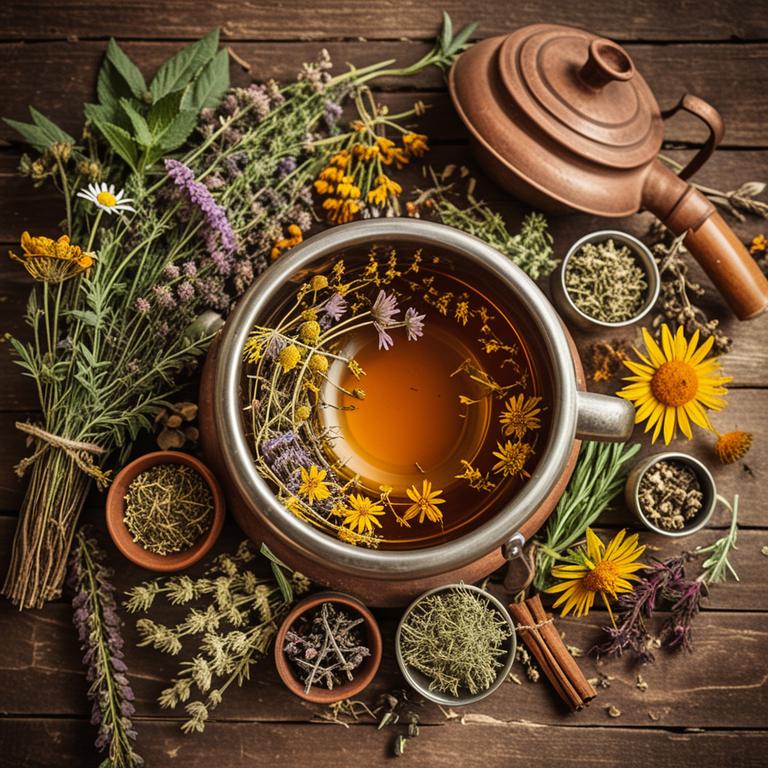
Some of the best medicinal herbal decoctions include ginger tea, which is renowned for its ability to soothe nausea and aid digestion.
Turmeric decoctions, rich in curcumin, are widely used for their anti-inflammatory and antioxidant properties. Echinacea tea is commonly consumed to boost the immune system and reduce the duration of colds. Peppermint decoctions can help alleviate digestive issues and relieve headaches due to their calming effects.
Additionally, chamomile decoctions are valued for their calming properties and ability to promote better sleep and ease digestive discomfort.
FREE Herb Drying Checklist
How to make sure every batch retains maximum flavor, color, and aroma without the risk of mold or over-drying. Eliminate guesswork and trial-and-error, making herb drying faster, easier, and more efficient every time.
Table of Contents
- 1. Urtica dioica
- 2. Zingiber officinale
- 3. Vitex agnus-castus
- 4. Silybum marianum
- 5. Echinacea purpurea
- 6. Rosa canina
- 7. Cnicus benedictus
- 8. Glycyrrhiza glabra
- 9. Salvia officinalis
- 10. Curcuma longa
- 11. Achillea millefolium
- 12. Piper nigrum
- 13. Lavandula angustifolia
- 14. Cinnamomum verum
- 15. Mentha piperita
- 16. Hypericum perforatum
- 17. Rosmarinus officinalis
- 18. Foeniculum vulgare
- 19. Cuminum cyminum
- 20. Vitis vinifera
- 21. Thymus vulgaris
- 22. Nymphaea alba
- 23. Equisetum arvense
- 24. Aloe barbadensis
- 25. Chamomilla recutita
- 26. Sanguinaria canadensis
- 27. Ginkgo biloba
- 28. Nigella sativa
- 29. Pimpinella anisum
- 30. Matricaria chamomilla
- 31. Camellia sinensis
- 32. Cinnamomum zeylanicum
- 33. Sanguisorba officinalis
- 34. Paeonia suffruticosa
- 35. Echinacea angustifolia
- 36. Petroselinum crispum
- 37. Artemisia absinthium
- 38. Artemisia vulgaris
- 39. Sambucus nigra
- 40. Sabadilla tinctura
- 41. Sutherlandia frutescens
- 42. Prunus domestica
- 43. Eucalyptus globulus
- 44. Satureja hortensis
- 45. Melissa officinalis
- 46. Symphytum officinale
- 47. Hydrastis canadensis
- 48. Cymbopogon citratus
- 49. Plantago lanceolata
- 50. Tribulus terrestris
- 51. Pueraria lobata
- 52. Rhus toxicaria
- 53. Nelumbo nucifera
- 54. Lepidium meyenii
- 55. Leonurus cardiaca
- 56. Cyperus rotundus
- 57. Rhodiola rosea
- 58. Solanum tuberosum
- 59. Panax ginseng
- 60. Salvia miltiorrhiza
- 61. Paeonia lactiflora
- 62. Calendula officinalis
- 63. Berberis aristata
- 64. Nepeta cataria
- 65. Piper methysticum
- 66. Cimicifuga racemosa
- 67. Althaea officinalis
- 68. Triticum aestivum
- 69. Moringa oleifera
- 70. Withania somnifera
- 71. Valeriana officinalis
- 72. Vitex negundo
- 73. Eclipta prostrata
- 74. Boswellia serrata
- 75. Ocimum sanctum
- 76. Piper longum
- 77. Tamarindus indica
- 78. Arnica montana
- 79. Artemisia annua
- 80. Thuja occidentalis
- 81. Plantago major
- 82. Agrimonia eupatoria
- 83. Vaccinium myrtillus
- 84. Allium sativum
- 85. Pelargonium graveolens
- 86. Centella asiatica
- 87. Plantago ovata
- 88. Origanum vulgare
- 89. Avena sativa
- 90. Strychnos nux-vomica
- 91. Cannabis sativa
- 92. Bacopa monnieri
- 93. Saponaria officinalis
- 94. Achyranthes bidentata
- 95. Siberian ginseng
- 96. Rhus toxicodendron
- 97. Cucurbita pepo
- 98. Pogostemon cablin
- 99. Prunus spinosa
- 100. Elettaria cardamomum
1. Urtica dioica
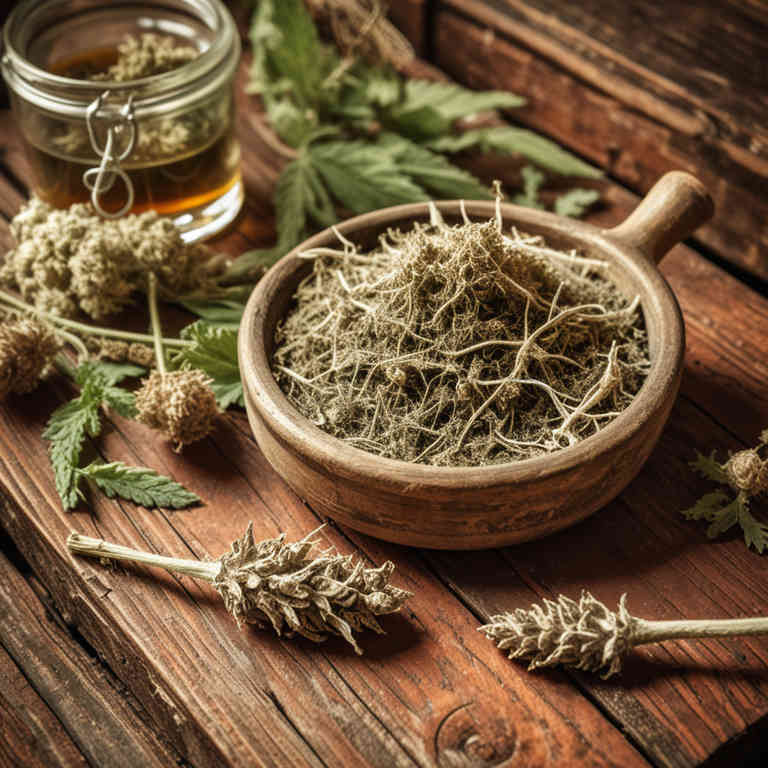
Urtica dioica herbal decoctions are used to support digestive health by stimulating the production of digestive enzymes and promoting healthy gut function.
They are also valued for their anti-inflammatory properties, which can help alleviate symptoms of conditions like arthritis and skin irritations. These decoctions are often used to detoxify the body, aiding in the elimination of toxins and supporting liver function. Additionally, they may help in managing urinary tract infections due to their diuretic effects.
The rich content of minerals and vitamins in Urtica dioica makes it a versatile herbal remedy with a wide range of potential health benefits.
2. Zingiber officinale
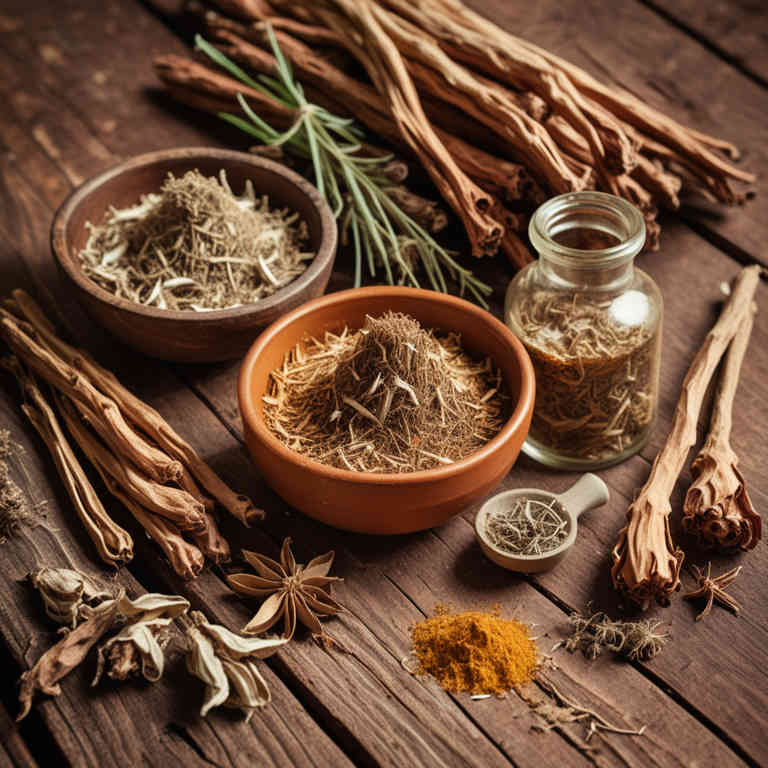
Zingiber officinale herbal decoctions are used to support digestive health by stimulating the production of digestive enzymes and reducing bloating and gas.
These decoctions are also known for their ability to alleviate nausea and motion sickness due to their antiemetic properties. In traditional medicine, they are often used to relieve pain, particularly in cases of menstrual cramps and muscle soreness, thanks to their analgesic and anti-inflammatory effects. Additionally, zingiber officinale decoctions may enhance immune function by promoting circulation and detoxification processes in the body.
Their warming properties make them beneficial for individuals suffering from colds, respiratory infections, and other conditions associated with internal寒 (cold).
3. Vitex agnus-castus
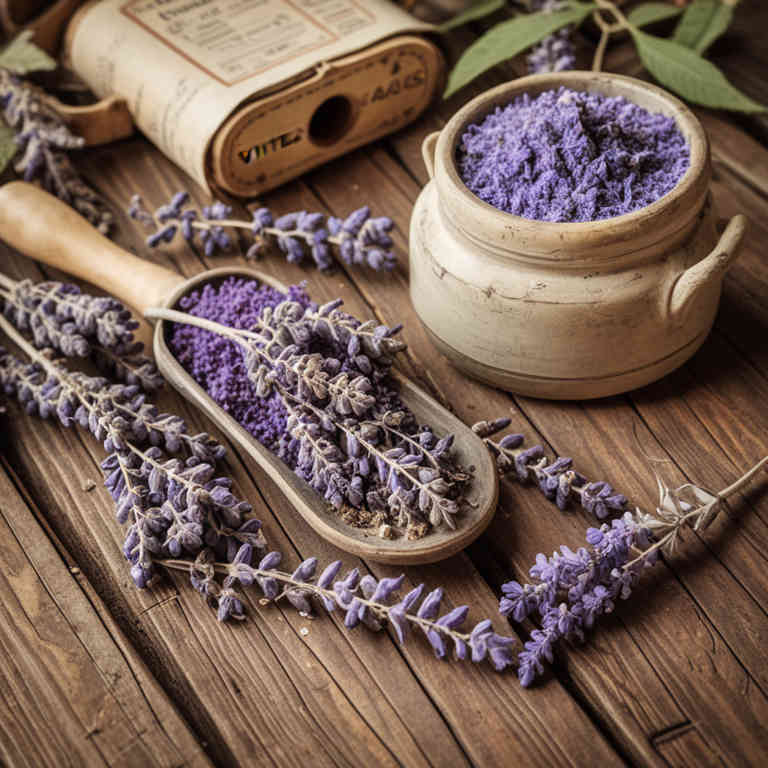
Vitex agnus-castus herbal decoctions are used to support hormonal balance, particularly in women experiencing menstrual irregularities, premenstrual syndrome (PMS), and infertility.
They are believed to influence the pituitary gland, which regulates reproductive hormones, thereby helping to regulate menstrual cycles and reduce symptoms associated with hormonal fluctuations. These decoctions may also aid in alleviating symptoms of menopause, such as hot flashes and mood swings, by modulating estrogen and progesterone levels. Additionally, vitex is sometimes used to enhance fertility by promoting ovulation and improving the quality of cervical mucus.
Due to its adaptogenic properties, it is also thought to help reduce stress and support overall emotional well-being.
4. Silybum marianum
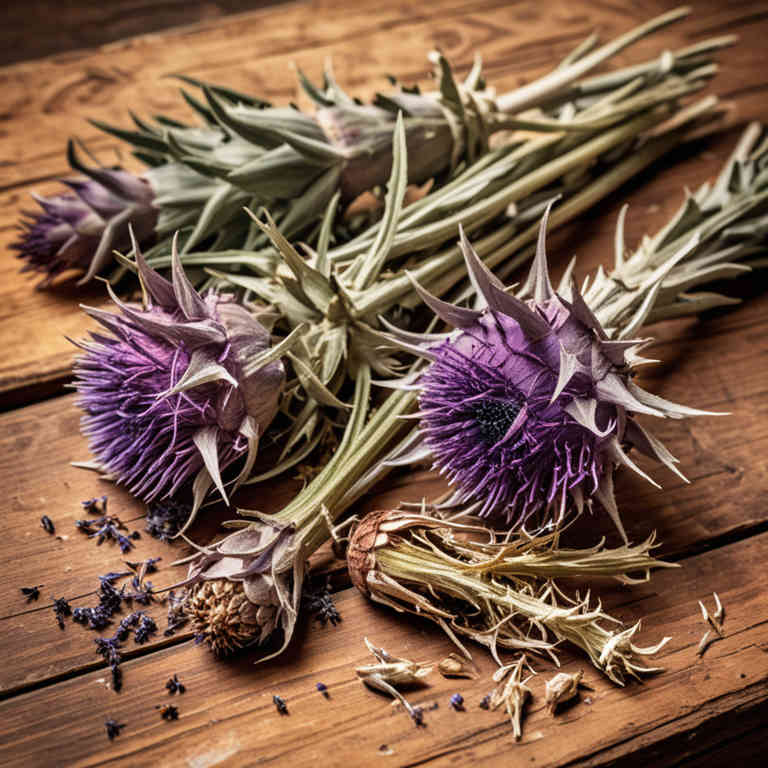
Silybum marianum herbal decoctions are used to support liver health and function due to their rich content of bioactive compounds such as silymarin.
These decoctions are commonly employed in the treatment of liver disorders, including cirrhosis, hepatitis, and fatty liver disease, because silymarin has antioxidant and anti-inflammatory properties that protect liver cells from damage. Additionally, they may aid in detoxification processes by enhancing the liver's ability to metabolize toxins and regenerate tissue. The natural origin of these decoctions makes them an appealing option for those seeking alternative or complementary therapies.
Overall, the therapeutic potential of silybum marianum herbal decoctions is well-supported by both traditional use and modern scientific research.
5. Echinacea purpurea

Echinacea purpurea herbal decoctions are used to support the immune system and reduce the severity and duration of colds and flu.
These decoctions contain compounds such as alkamides, caffeic acid derivatives, and polysaccharides, which are believed to enhance immune function by stimulating the production of white blood cells. They are also used to treat inflammatory conditions like rheumatoid arthritis due to their anti-inflammatory properties. The herbal decoctions may help prevent infections by increasing the body's resistance to pathogens.
Because of these potential health benefits, echinacea purpurea is a popular remedy in both traditional and modern herbal medicine.
6. Rosa canina

Rosa canina herbal decoctions are used to support immune function and promote overall wellness due to their rich content of bioactive compounds such as vitamin C, flavonoids, and antioxidants.
These decoctions are commonly utilized in traditional medicine to alleviate symptoms of colds, flu, and respiratory infections by enhancing the body's natural defenses. Additionally, they are valued for their anti-inflammatory properties, which can help reduce swelling and discomfort in conditions like arthritis or inflammatory bowel disease. Rosa canina decoctions may also aid in digestion and nutrient absorption, making them beneficial for individuals with gastrointestinal issues.
Their long history of use in herbal remedies underscores their potential as a natural therapeutic agent for various health concerns.
7. Cnicus benedictus

Cnicus benedictus herbal decoctions are used to support digestive health by promoting the secretion of digestive enzymes and reducing gastrointestinal discomfort.
They are also valued for their potential anti-inflammatory properties, which may aid in alleviating symptoms of inflammatory conditions such as gastritis or colitis. Additionally, these decoctions are believed to have mild diuretic effects, helping to support kidney function and reduce water retention. In traditional medicine, they have been used to treat skin conditions like eczema and psoriasis due to their purported antiseptic and healing properties.
Overall, the use of Cnicus benedictus decoctions is rooted in their ability to address multiple health concerns through their natural therapeutic compounds.
8. Glycyrrhiza glabra
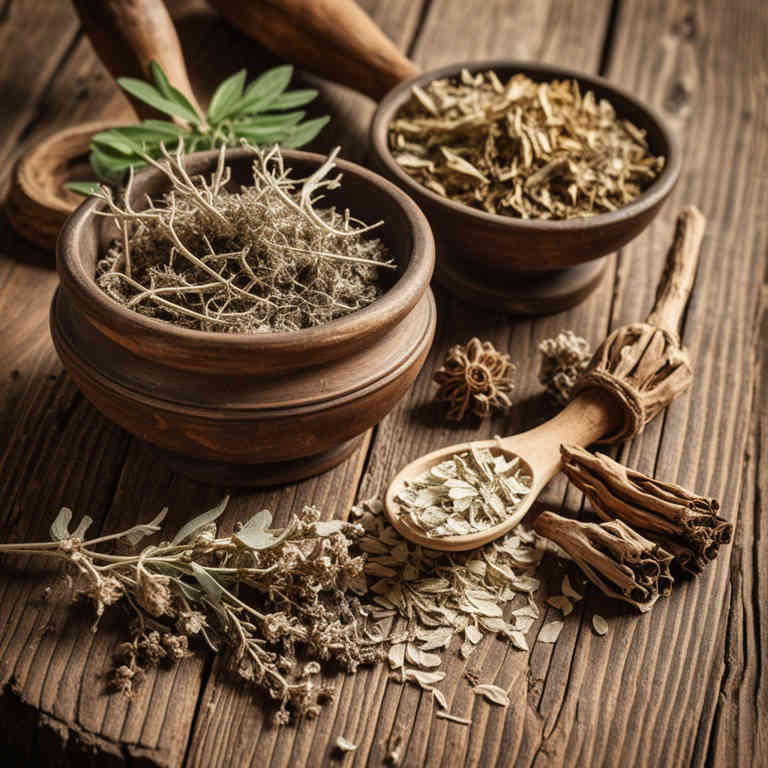
Glycyrrhiza glabra herbal decoctions are used to support respiratory health by soothing coughs and reducing inflammation in the airways.
They are also valued for their anti-inflammatory and antioxidant properties, which can aid in the treatment of various inflammatory conditions. In traditional medicine, these decoctions are often used to harmonize other herbs in formulations, enhancing their therapeutic effects. Additionally, they may help in managing stress and improving digestion due to their mild adaptogenic properties.
The widespread use of glycyrrhiza glabra decoctions is attributed to their versatility and the broad range of health benefits they offer.
9. Salvia officinalis
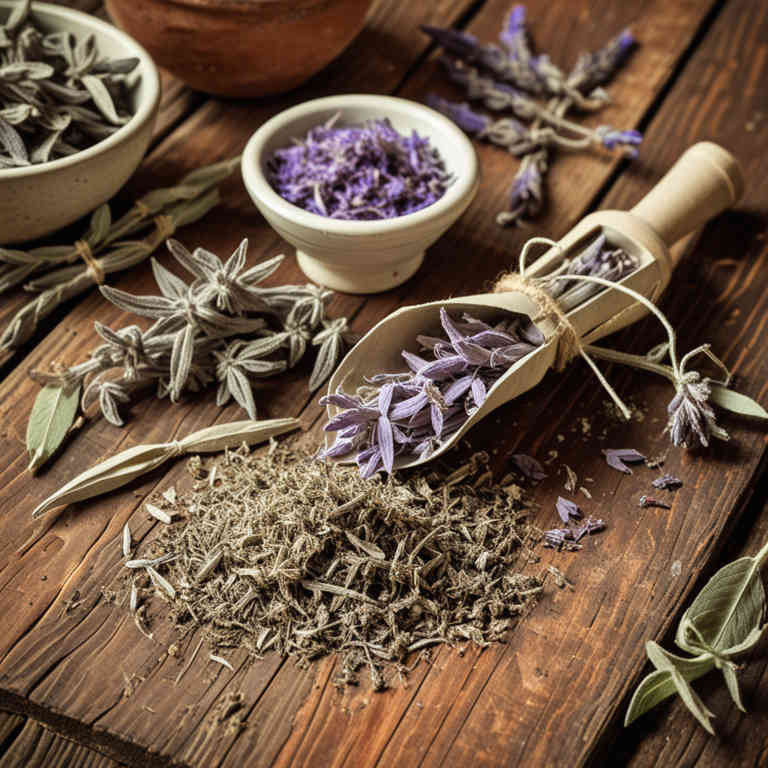
Salvia officinalis herbal decoctions are used to support digestive health by promoting the secretion of digestive enzymes and alleviating symptoms of indigestion and bloating.
They are also employed to reduce inflammation in the respiratory tract, making them beneficial for conditions like bronchitis and sore throats. Additionally, these decoctions are valued for their calming effects, often used to ease anxiety and improve sleep quality. The presence of antioxidants in salvia officinalis helps combat oxidative stress, contributing to overall immune support.
Due to their versatility and natural properties, salvia officinalis decoctions are widely utilized in traditional and modern herbal medicine for a range of health benefits.
10. Curcuma longa
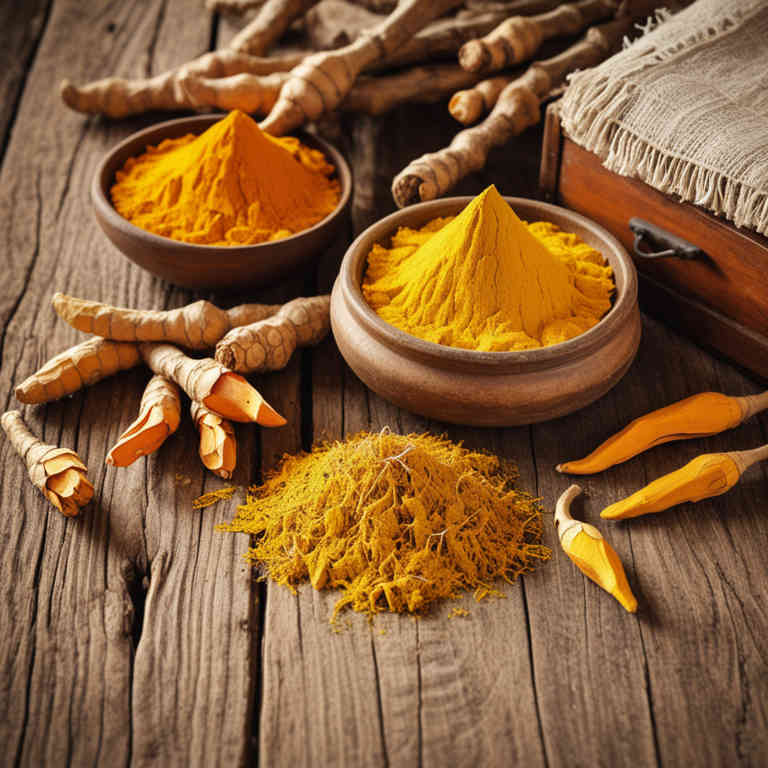
Curcuma longa herbal decoctions are used to support digestive health by reducing inflammation and promoting the secretion of bile, which aids in the digestion of fats.
These decoctions are also valued for their antioxidant properties, which help protect cells from oxidative stress and may reduce the risk of chronic diseases. In traditional medicine, they are often used to alleviate symptoms of arthritis and joint pain due to their anti-inflammatory effects. Additionally, curcuma longa decoctions are believed to have mood-enhancing properties, potentially helping to reduce symptoms of depression and anxiety.
Their versatility and wide range of health benefits make them a popular choice in both traditional and modern herbal remedies.
11. Achillea millefolium
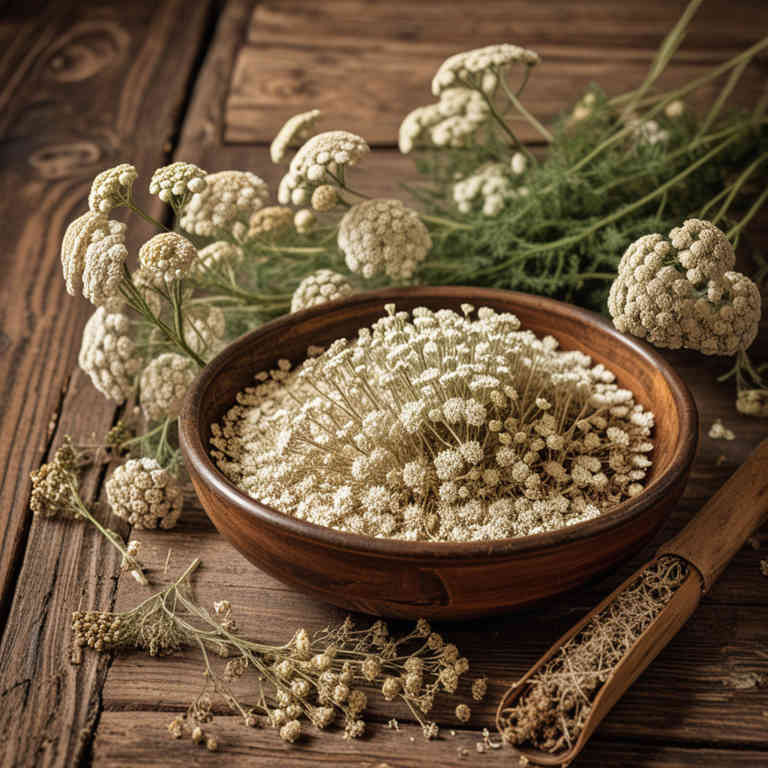
Achillea millefolium herbal decoctions are used to support digestive health by soothing gastrointestinal discomfort and promoting healthy digestion.
They are also valued for their anti-inflammatory properties, which can help alleviate symptoms of conditions like arthritis and skin irritations. These decoctions are often used in traditional medicine to aid in wound healing due to their astringent and antiseptic qualities. Additionally, they may help reduce stress and anxiety by balancing the nervous system, making them a popular choice in holistic wellness practices.
The combination of these benefits makes Achillea millefolium a versatile and widely respected herbal remedy across various cultures.
12. Piper nigrum
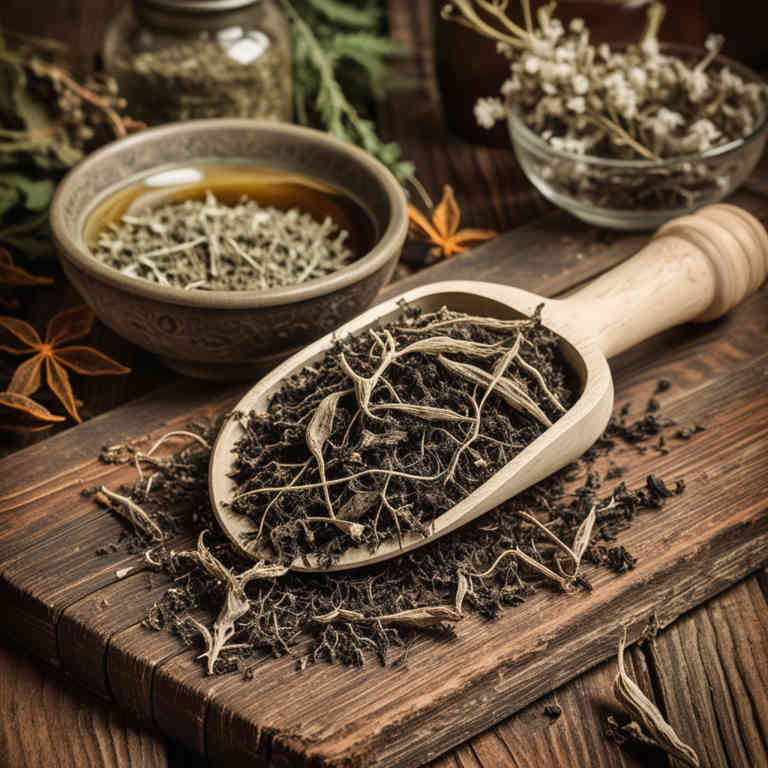
Piper nigrum herbal decoctions are used to support digestive health due to their ability to stimulate the secretion of digestive enzymes and improve gut motility.
These decoctions are also valued for their anti-inflammatory properties, which can help alleviate symptoms of gastrointestinal disorders such as indigestion and bloating. In traditional medicine, they are often employed to reduce fever and relieve respiratory congestion by acting as a mild expectorant. Additionally, the decoctions may contribute to the management of mild anxiety and stress due to their calming effects on the nervous system.
Overall, the use of piper nigrum decoctions is rooted in their diverse pharmacological properties that address both digestive and systemic health concerns.
13. Lavandula angustifolia
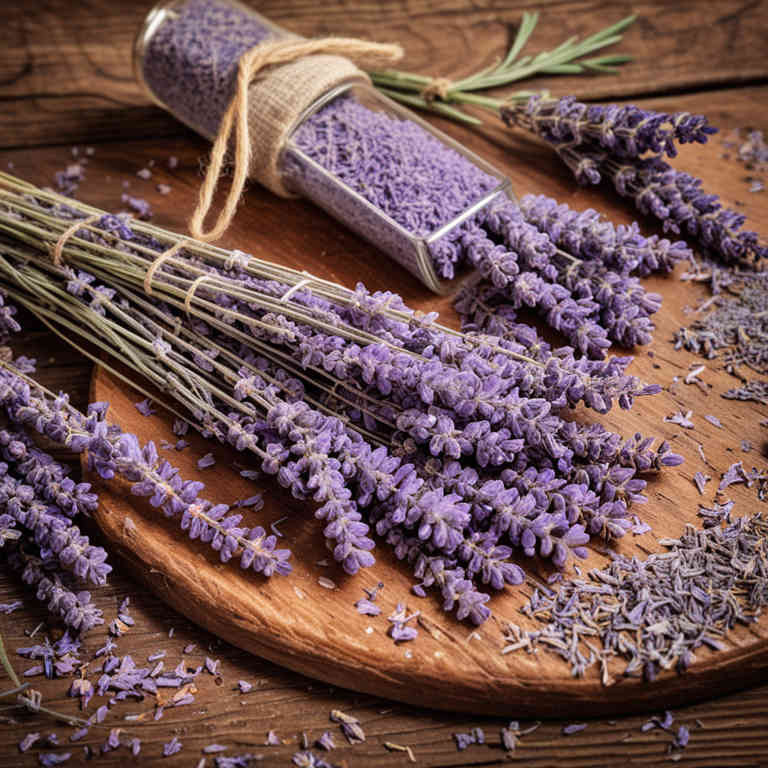
Lavandula angustifolia herbal decoctions are used to promote relaxation and alleviate symptoms of anxiety and insomnia due to their calming properties.
These decoctions are also valued for their antiseptic and anti-inflammatory effects, making them useful in treating minor skin irritations and wounds. In traditional medicine, they are often incorporated into remedies for digestive issues such as bloating and indigestion. The essential oils extracted from the decoctions are frequently used in aromatherapy to enhance mood and reduce stress.
Overall, the versatility of lavandula angustifolia decoctions makes them a valuable component in both herbal and modern therapeutic practices.
14. Cinnamomum verum
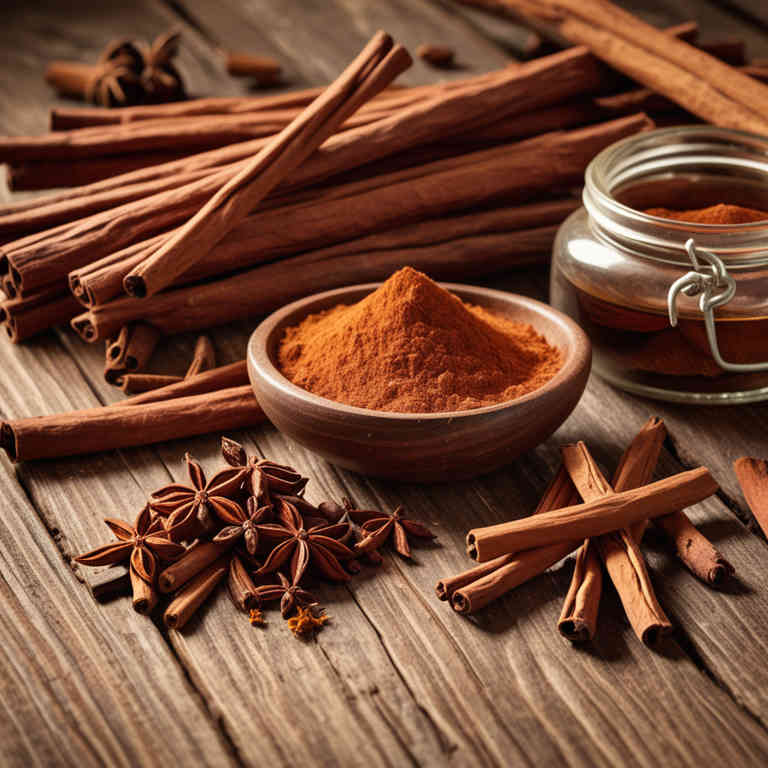
Cinnamomum verum herbal decoctions are used to promote digestion and alleviate symptoms of gastrointestinal discomfort.
They contain compounds like cinnamaldehyde and eugenol, which have antimicrobial and anti-inflammatory properties that can help combat infections and reduce inflammation in the digestive tract. These decoctions are also valued for their ability to improve circulation and warm the body, making them beneficial for individuals suffering from colds or respiratory issues. Additionally, they are often used in traditional medicine to support metabolic health and enhance the body's natural detoxification processes.
Due to their versatile therapeutic effects, cinnamomum verum decoctions remain a popular remedy in both traditional and complementary medicine practices.
15. Mentha piperita
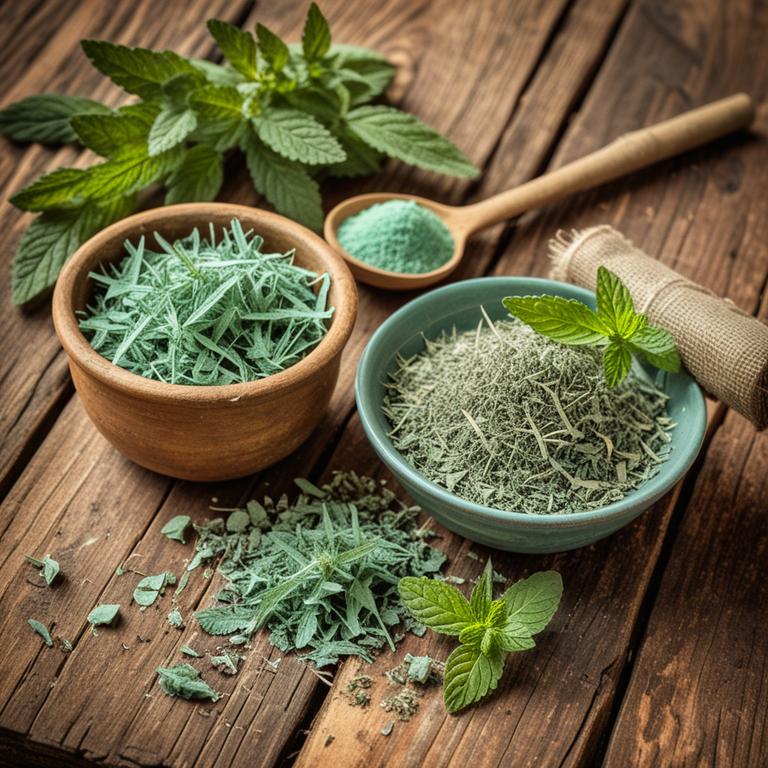
Mentha piperita herbal decoctions are used to alleviate digestive issues such as indigestion, bloating, and nausea due to their carminative and antispasmodic properties.
These decoctions can also help in reducing inflammation and soothing the respiratory system, making them useful for treating coughs and sore throats. Additionally, mentha piperita is known to have a calming effect, making it beneficial for managing stress and promoting mental clarity. The essential oils in the decoction contribute to its ability to freshen breath and improve oral hygiene.
Overall, the versatility of mentha piperita herbal decoctions makes them a valuable remedy in both traditional and modern herbal medicine.
16. Hypericum perforatum
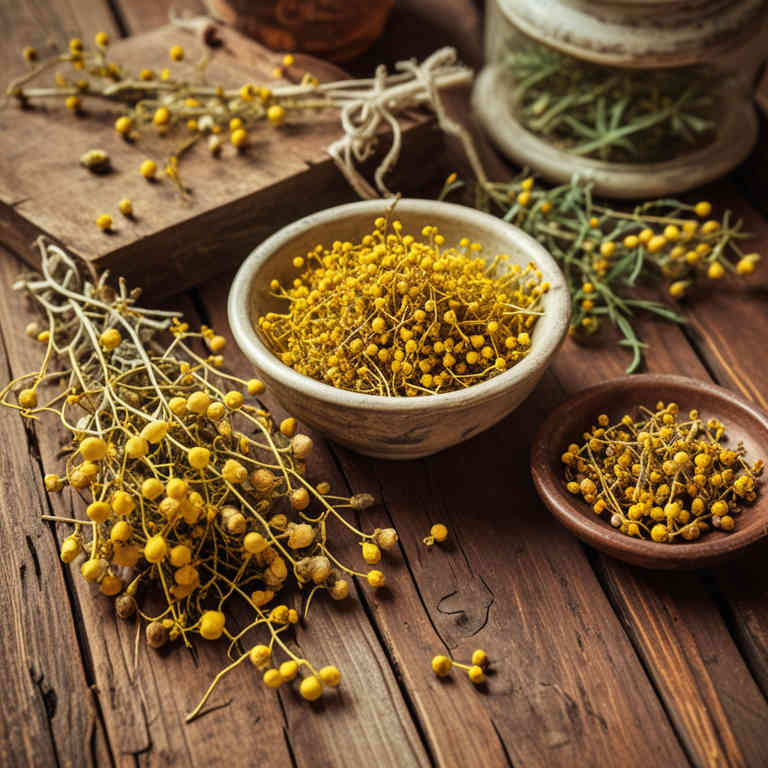
Hypericum perforatum herbal decoctions are used to support mental health and alleviate symptoms of mild depression and anxiety.
They are valued for their ability to enhance mood and promote emotional well-being through their antidepressant properties. These decoctions are also used to reduce inflammation and support wound healing due to their antiseptic and anti-inflammatory compounds. Additionally, they may aid in improving sleep quality and reducing stress-related symptoms.
The use of hypericum perforatum decoctions is often preferred as a natural alternative to pharmaceutical treatments, offering a gentler approach with fewer side effects.
17. Rosmarinus officinalis
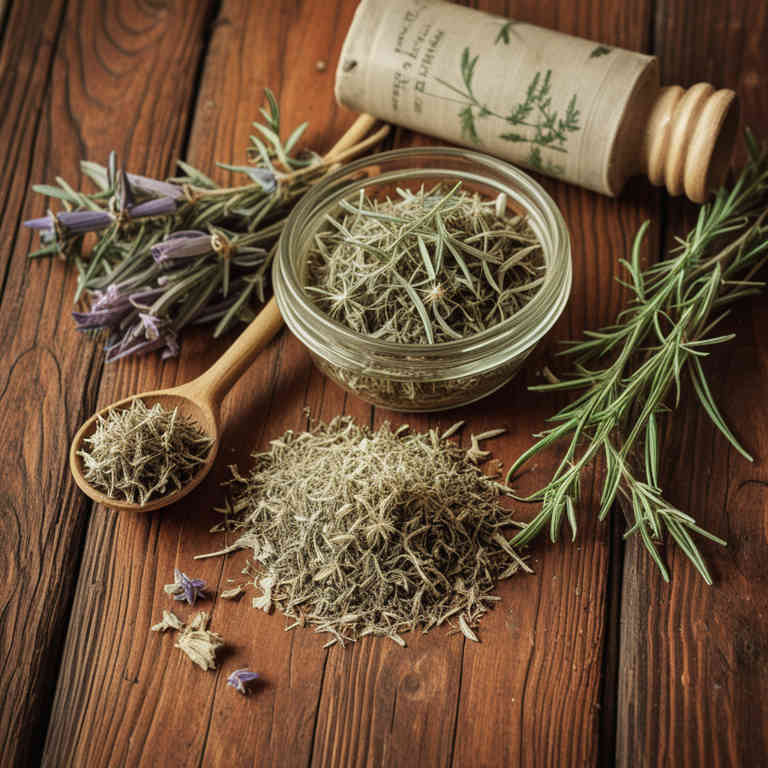
Rosmarinus officinalis herbal decoctions are used to support cognitive function and memory due to their high concentration of antioxidants and polyphenols, which may help protect brain cells from oxidative stress.
These decoctions are also commonly utilized in traditional medicine to promote digestion and relieve stomach discomfort by stimulating the production of digestive enzymes. The anti-inflammatory properties of rosmarinus officinalis make it beneficial for reducing inflammation in the respiratory system, making it a popular remedy for coughs and bronchial issues. Additionally, the essential oils found in these decoctions can be used in aromatherapy to reduce stress and enhance mental clarity.
Overall, the versatility of rosmarinus officinalis herbal decoctions stems from their ability to address multiple health concerns through natural, plant-based compounds.
18. Foeniculum vulgare
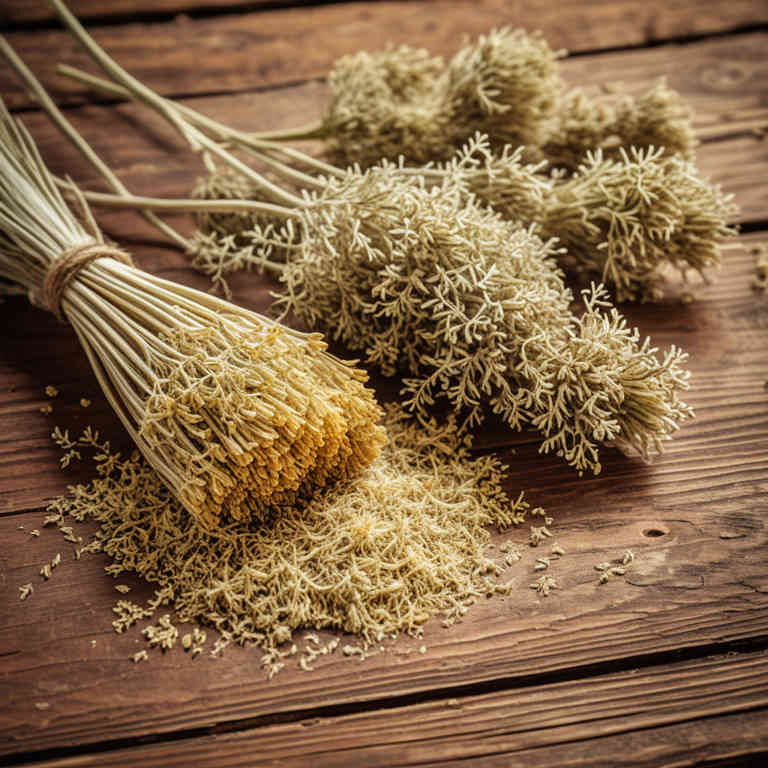
Foeniculum vulgare herbal decoctions are used to support digestive health by promoting the secretion of digestive enzymes and relieving symptoms of indigestion, bloating, and gas.
They are also commonly utilized to alleviate respiratory issues such as coughs and congestion due to their expectorant properties. Additionally, these decoctions are valued for their calming effects on the nervous system, helping to reduce stress and anxiety. The essential oils in foeniculum vulgare, particularly limonene and anethole, contribute to its therapeutic benefits by having anti-inflammatory and antimicrobial properties.
Overall, the versatility of foeniculum vulgare herbal decoctions makes them a valuable remedy in both traditional and modern herbal medicine.
19. Cuminum cyminum

Cuminum cyminum herbal decoctions are used to support digestive health by stimulating the production of digestive enzymes and improving gut motility.
They are also valued for their ability to relieve bloating, gas, and indigestion, making them a popular remedy in traditional medicine. These decoctions may help reduce inflammation in the gastrointestinal tract, contributing to overall gut wellness. Additionally, cuminum cyminum is believed to have antimicrobial properties that can aid in fighting harmful bacteria in the stomach.
Due to these benefits, it is often incorporated into herbal formulations for its holistic approach to digestive support and overall wellness.
20. Vitis vinifera

Vitis vinifera herbal decoctions are used to support cardiovascular health due to their high content of resveratrol, a powerful antioxidant that helps reduce inflammation and improve blood flow.
These decoctions are also valued for their ability to promote liver function by aiding in detoxification processes and protecting liver cells from damage. Additionally, they are used to enhance mental clarity and cognitive function, as the antioxidants in vitis vinifera may help protect brain cells from oxidative stress. The anti-inflammatory properties of these decoctions make them beneficial for managing conditions such as arthritis and other inflammatory disorders.
Overall, the wide range of health benefits associated with vitis vinifera herbal decoctions makes them a popular choice in both traditional and modern herbal medicine.
21. Thymus vulgaris
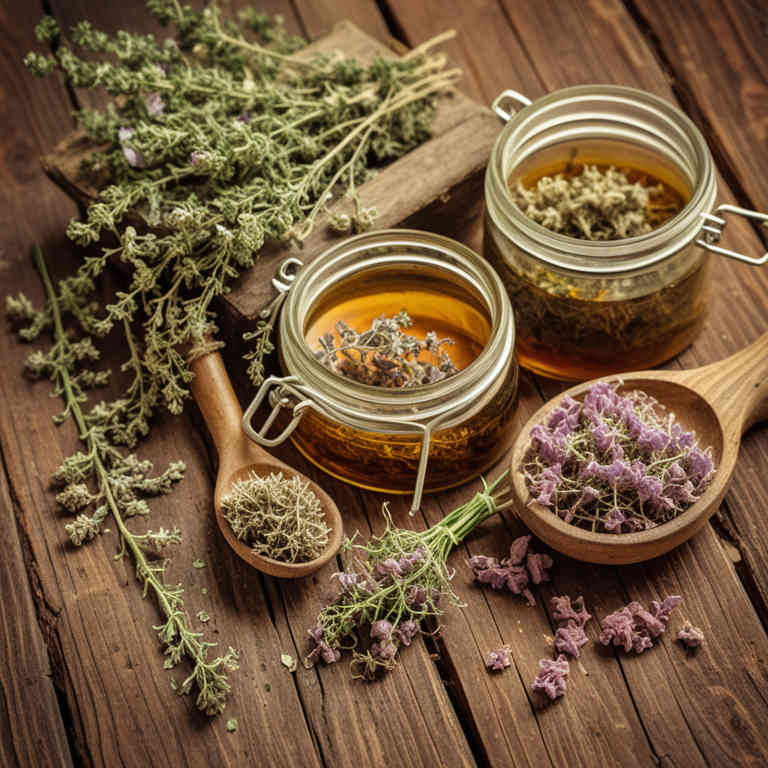
Thymus vulgaris herbal decoctions are used to support respiratory health by alleviating symptoms of colds, coughs, and bronchitis due to their antiseptic and expectorant properties.
These decoctions also enhance immune function by stimulating the production of white blood cells, which helps the body fight off infections more effectively. Additionally, they are valued for their ability to reduce stress and anxiety, as thyme contains compounds that may influence mood and cognitive function. The essential oils in thymus vulgaris are often used in aromatherapy to promote relaxation and improve mental clarity.
Overall, the combination of antimicrobial, anti-inflammatory, and mood-enhancing effects makes thymus vulgaris a versatile and beneficial herbal remedy in traditional and modern medicine.
22. Nymphaea alba
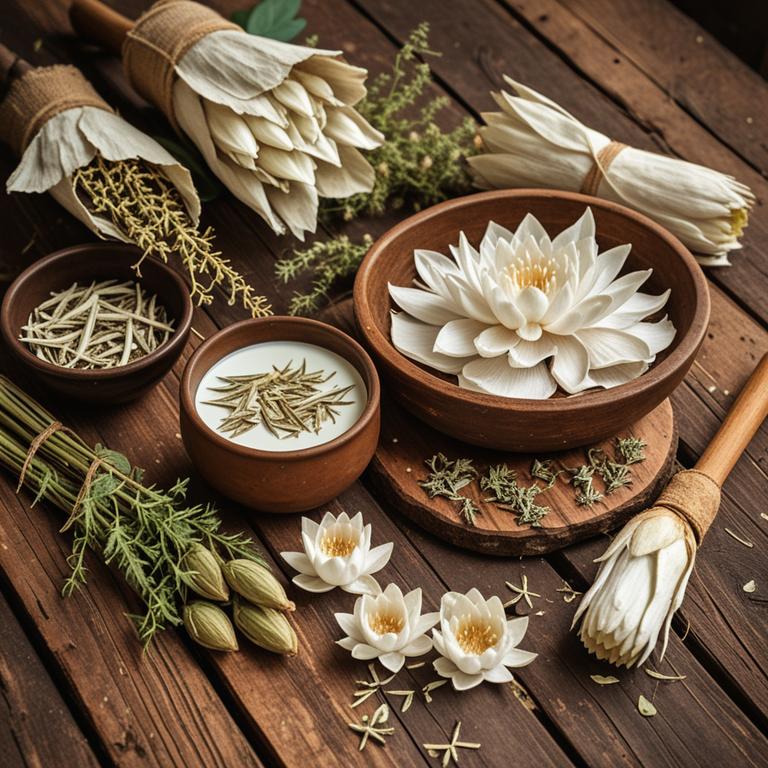
Nymphaea alba herbal decoctions are used to promote relaxation and ease symptoms of anxiety and stress.
The plant, commonly known as the white water lily, contains bioactive compounds that have calming effects on the nervous system. These decoctions are also valued for their ability to support digestive health by soothing gastrointestinal discomfort. In traditional medicine, they are often used to treat insomnia and improve sleep quality due to their mild sedative properties.
The combination of these therapeutic benefits makes nymphaea alba a popular choice in natural remedies for overall well-being.
23. Equisetum arvense
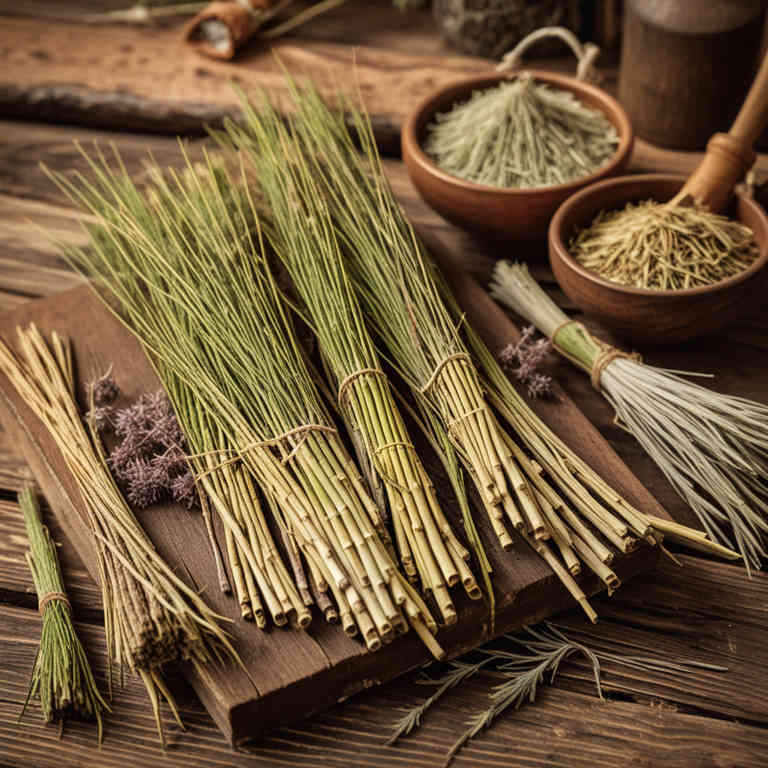
Equisetum arvense herbal decoctions are used to support kidney health and detoxification due to their diuretic properties.
They are commonly employed in traditional medicine to help alleviate symptoms of urinary tract infections and bladder inflammation. The decoctions are also believed to aid in the removal of heavy metals and toxins from the body, making them valuable in detoxification protocols. Their ability to stimulate urine production helps in flushing out harmful substances, thus promoting overall renal function.
Additionally, equisetum arvense decoctions may contribute to the treatment of skin conditions and respiratory ailments, further highlighting their versatility in herbal medicine.
24. Aloe barbadensis
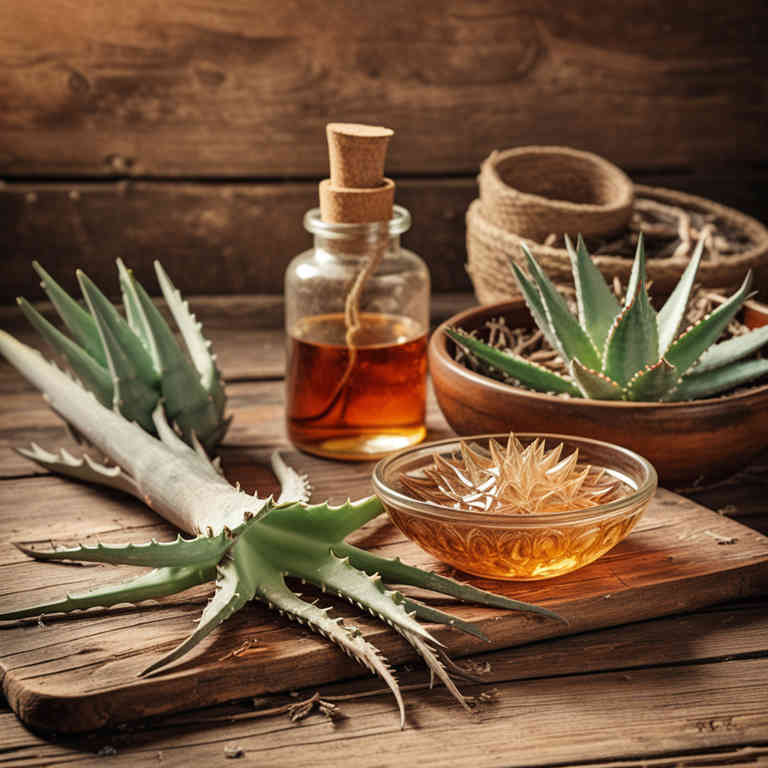
Aloe barbadensis herbal decoctions are used to promote skin healing and soothe inflammation due to their rich content of bioactive compounds such as polysaccharides, enzymes, and antioxidants.
These decoctions are commonly applied topically to treat burns, wounds, and eczema, as they help reduce redness and accelerate tissue regeneration. The anti-inflammatory and antimicrobial properties of aloe barbadensis make it an effective natural remedy for various skin conditions. Additionally, internal consumption of aloe decoctions may support digestive health by aiding in the relief of constipation and promoting gut motility.
Overall, the versatility and therapeutic benefits of aloe barbadensis herbal decoctions make them a valuable component in both traditional and modern herbal medicine.
25. Chamomilla recutita

Chamomilla recutita herbal decoctions are used to promote relaxation and alleviate symptoms of anxiety and stress.
These decoctions contain compounds such as flavonoids and terpenoids, which have calming effects on the nervous system. They are commonly used in herbal medicine to aid sleep and reduce irritability, making them popular in natural remedies for insomnia. The anti-inflammatory and antispasmodic properties of chamomilla recutita also make it effective for digestive issues like colic and indigestion.
Due to their mild and soothing nature, these decoctions are often recommended for children and adults seeking natural relief from common ailments.
26. Sanguinaria canadensis
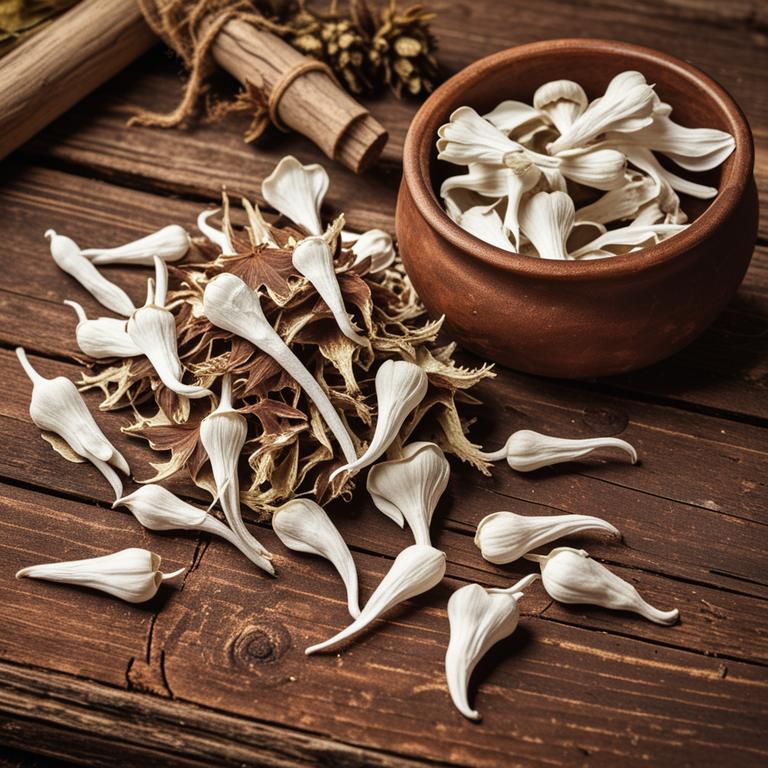
Sanguinaria canadensis herbal decoctions are used to treat various ailments due to their potent medicinal properties.
They have been traditionally employed to alleviate symptoms of respiratory conditions such as coughs and bronchitis because of their expectorant and anti-inflammatory effects. The decoctions are also used to address skin infections and wounds due to their antimicrobial and astringent qualities. Additionally, they have been historically utilized in herbal medicine to support digestive health by stimulating appetite and aiding in the treatment of indigestion.
However, it is important to note that these decoctions can be toxic if misused, emphasizing the need for careful preparation and professional guidance.
27. Ginkgo biloba

Ginkgo biloba herbal decoctions are used to improve cognitive function and memory, particularly in individuals experiencing age-related decline.
These decoctions are believed to enhance blood circulation, which may support brain health by delivering more oxygen and nutrients to neural tissues. They are also commonly used to alleviate symptoms of anxiety and depression due to their calming effects on the nervous system. Additionally, ginkgo biloba decoctions may help reduce inflammation and oxidative stress, contributing to overall cellular health.
Their traditional use in both Eastern and Western medicine highlights their potential as a natural remedy for a variety of health concerns.
28. Nigella sativa

Nigella sativa herbal decoctions are used to support digestive health by stimulating appetite and aiding in the digestion of food.
They are also employed to alleviate respiratory conditions such as asthma and cough due to their anti-inflammatory and bronchodilator properties. These decoctions are valued for their antioxidant and antimicrobial effects, which help in boosting the immune system and fighting off infections. Additionally, they are used in traditional medicine to manage diabetes by improving insulin sensitivity and reducing blood sugar levels.
Overall, the diverse therapeutic properties of nigella sativa make it a versatile and beneficial herbal remedy in both traditional and modern health practices.
29. Pimpinella anisum
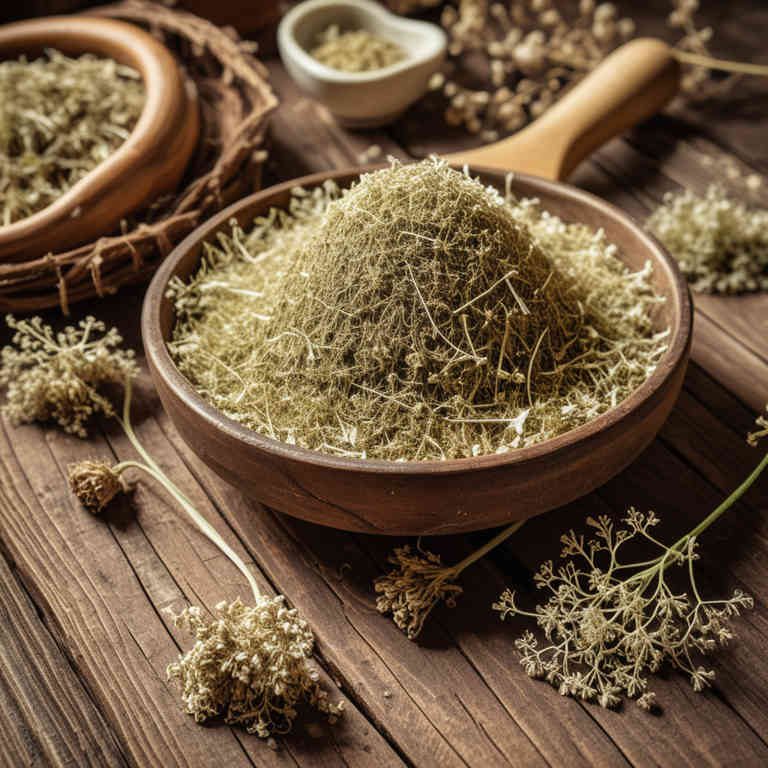
Pimpinella anisum herbal decoctions are used to support respiratory health by alleviating symptoms of coughing, bronchitis, and asthma due to their expectorant and antispasmodic properties.
These decoctions are also valued for their ability to soothe digestive discomfort, such as bloating, gas, and indigestion, thanks to the presence of essential oils and phytochemicals. Additionally, they are often used in traditional medicine to ease menstrual cramps and reduce nausea, making them a versatile remedy for various ailments. The aromatic compounds in anise decoctions can also promote relaxation and improve mood, contributing to overall well-being.
Because of their mild yet effective nature, pimpinella anisum herbal decoctions are a popular choice for natural remedies in both culinary and therapeutic contexts.
30. Matricaria chamomilla
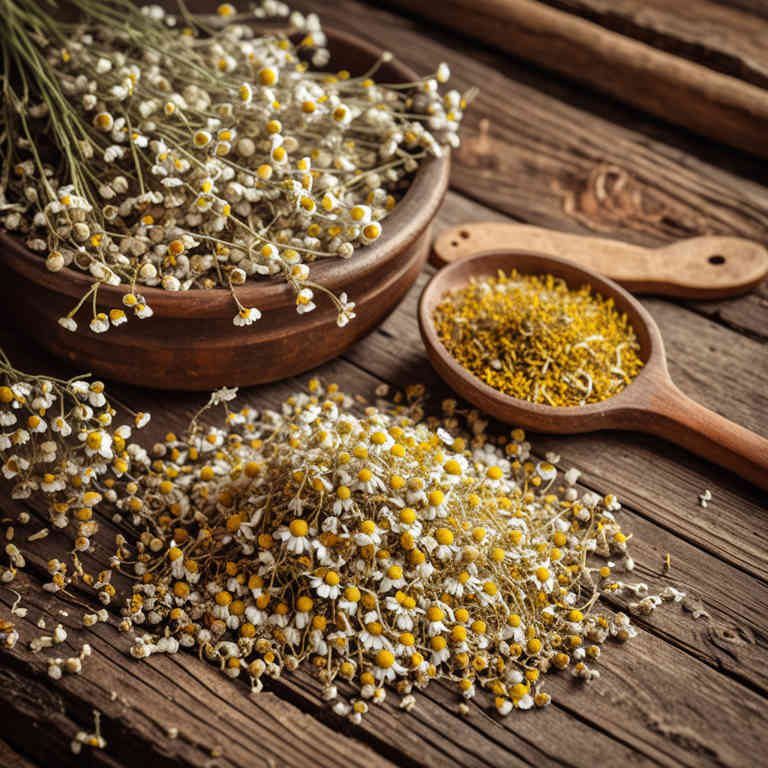
Matricaria chamomilla herbal decoctions are used to promote relaxation and alleviate symptoms of anxiety and stress.
These decoctions contain active compounds such as flavonoids and essential oils that have calming effects on the nervous system. They are commonly used in aromatherapy and as a natural remedy for insomnia due to their sedative properties. The anti-inflammatory and antispasmodic qualities of chamomilla also make it effective in treating digestive issues like colic and indigestion.
Overall, matricaria chamomilla herbal decoctions are valued for their versatility in addressing both mental and physical health concerns.
31. Camellia sinensis

Camellia sinensis herbal decoctions are used to promote relaxation and reduce stress due to their calming effects on the nervous system.
These decoctions are also commonly consumed to enhance mental clarity and focus, making them popular among students and professionals. Additionally, they are valued for their potential to support cardiovascular health by improving blood flow and lowering cholesterol levels. The antioxidants present in these decoctions may contribute to overall immune support and longevity.
Overall, the versatility and health benefits of camellia sinensis herbal decoctions make them a widely appreciated natural remedy across various cultures.
32. Cinnamomum zeylanicum

Cinnamomum zeylanicum herbal decoctions are used to support digestive health by stimulating the production of digestive enzymes and reducing symptoms of indigestion.
They are also valued for their warming properties, which can help alleviate symptoms of cold-related ailments such as respiratory infections and menstrual cramps. The decoctions are commonly incorporated into traditional medicine practices for their ability to improve circulation and reduce inflammation throughout the body. Additionally, they are believed to have antimicrobial properties that can help combat bacterial and fungal infections.
Due to their soothing and therapeutic effects, these decoctions are widely used in both culinary and medicinal contexts to promote overall well-being.
33. Sanguisorba officinalis

Sanguisorba officinalis herbal decoctions are used to support digestive health by promoting the secretion of digestive enzymes and reducing gastrointestinal discomfort.
They are also valued for their diuretic properties, which help in the elimination of excess fluids and toxins from the body. These decoctions are traditionally employed to alleviate symptoms of respiratory conditions such as coughs and bronchitis due to their expectorant effects. Additionally, they are believed to have mild sedative properties that can aid in reducing anxiety and improving sleep quality.
The combination of these therapeutic benefits makes sanguisorba officinalis a versatile herb in traditional medicine for maintaining overall wellness.
34. Paeonia suffruticosa
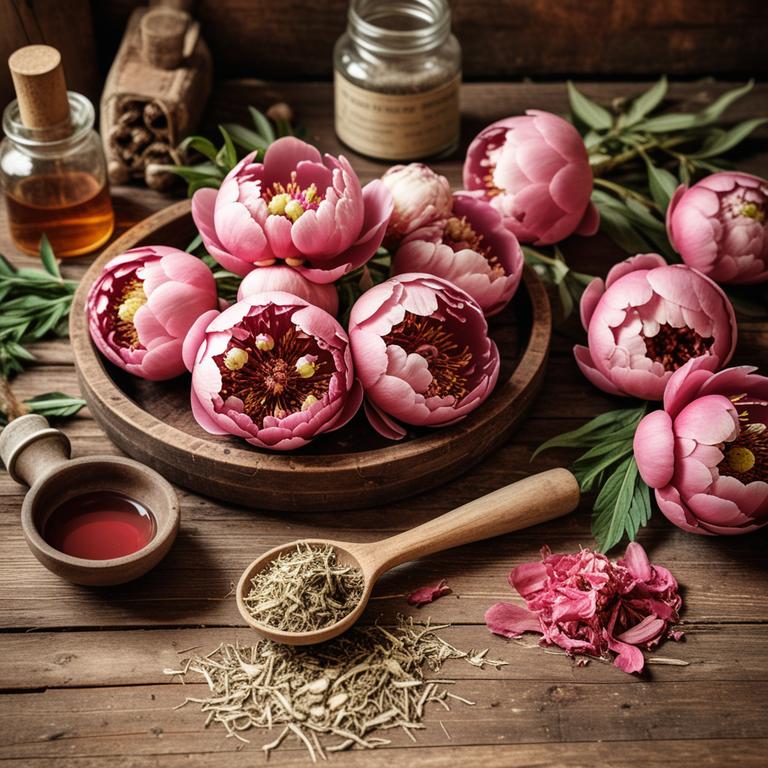
Paeonia suffruticosa herbal decoctions are used to support cardiovascular health by improving blood circulation and reducing hypertension.
They are also valued for their ability to alleviate symptoms of menopause, such as hot flashes and mood swings, due to their phytoestrogen content. These decoctions are traditionally used in Chinese medicine to treat inflammation and pain, particularly in conditions like arthritis and menstrual disorders. The active compounds in paeonia suffruticosa, including paeoniflorin and benzoylpaeoniflorin, contribute to its anti-inflammatory and analgesic properties.
Overall, their versatility and therapeutic benefits make paeonia suffruticosa a significant herb in both traditional and modern herbal practices.
35. Echinacea angustifolia
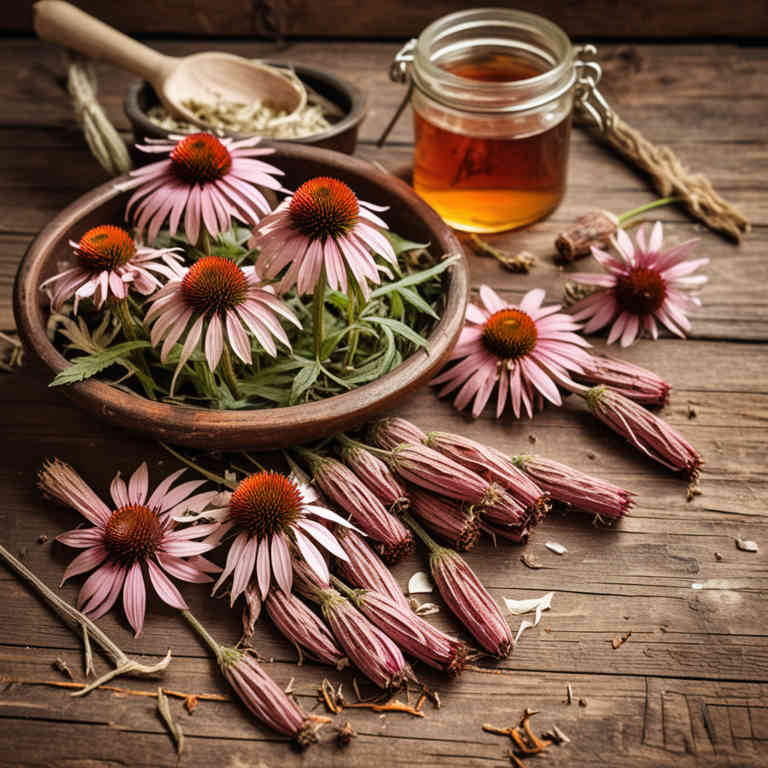
Echinacea angustifolia herbal decoctions are used to support immune function and reduce the severity of colds and respiratory infections.
They are believed to stimulate the body's natural defenses by increasing the production of white blood cells and enhancing the activity of macrophages. These decoctions are also utilized in traditional medicine to treat inflammatory conditions such as skin infections and wounds due to their antimicrobial and anti-inflammatory properties. The active compounds in echinacea, including alkamides, caffeic acid derivatives, and polysaccharides, contribute to its therapeutic effects.
Because of these benefits, echinacea angustifolia decoctions are commonly recommended as a natural remedy for boosting immunity and promoting overall health.
36. Petroselinum crispum
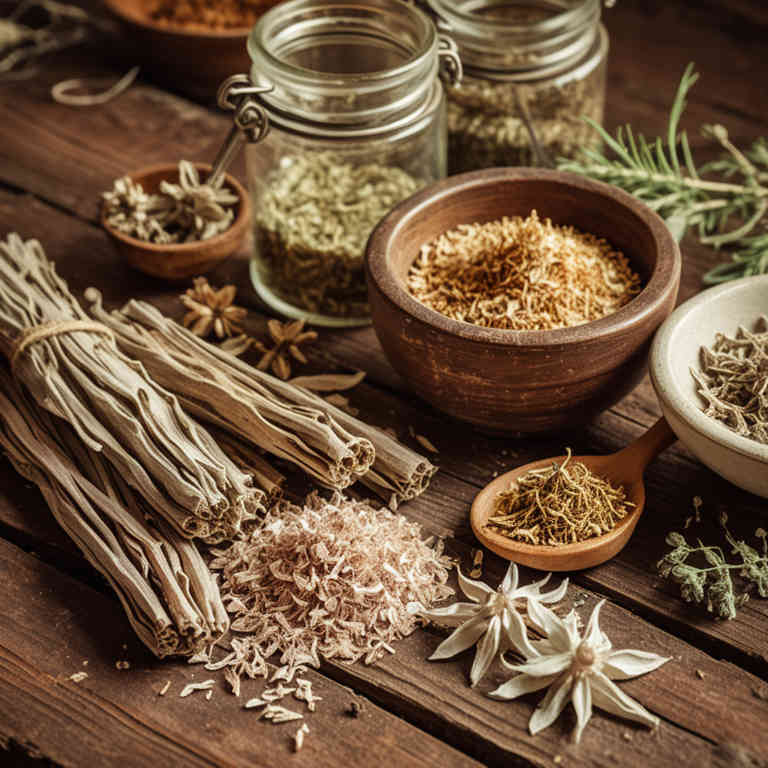
Petroselinum crispum herbal decoctions are used to support digestive health by stimulating the production of digestive enzymes and promoting the secretion of bile.
They are also valued for their ability to alleviate respiratory conditions such as bronchitis and coughs due to their expectorant properties. These decoctions may help reduce inflammation and ease symptoms of urinary tract infections because of their antimicrobial and diuretic effects. Additionally, they are often used to enhance mental clarity and reduce stress, thanks to their calming effects on the nervous system.
Overall, petroselinum crispum herbal decoctions are prized for their broad range of therapeutic benefits, making them a versatile remedy in traditional and modern herbal medicine.
37. Artemisia absinthium
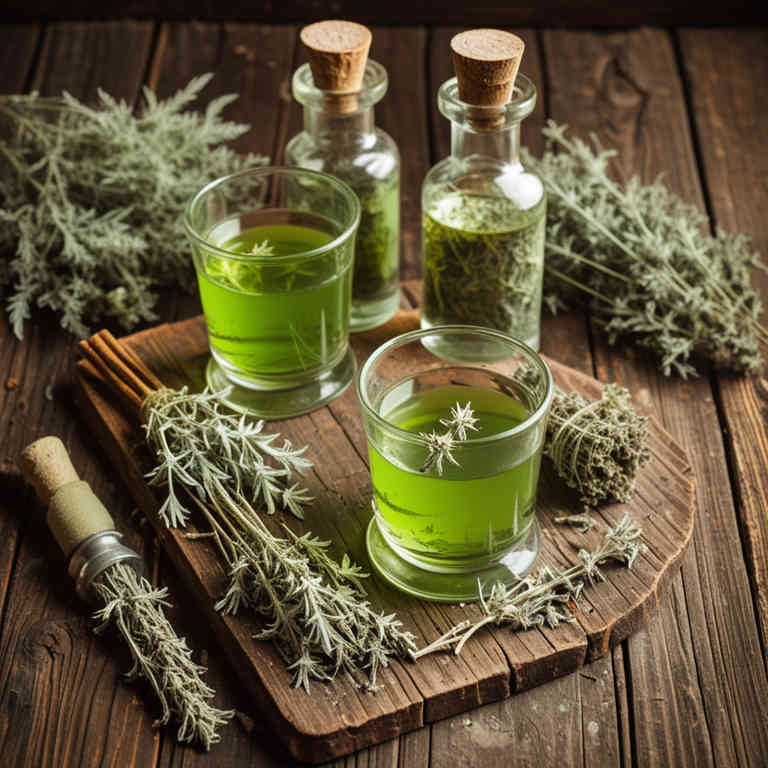
Artemisia absinthium herbal decoctions are used to support digestive health by stimulating the production of digestive juices and bile.
They are also traditionally employed to alleviate symptoms of indigestion, bloating, and gallbladder issues due to their cholagogue properties. These decoctions may help in managing parasitic infections because of their antiparasitic compounds. Additionally, they are sometimes used to treat skin conditions and as a natural remedy for fever and inflammation.
The historical use of artemisia absinthium highlights its longstanding role in herbal medicine for its diverse therapeutic effects.
38. Artemisia vulgaris

Artemisia vulgaris herbal decoctions are used to support digestive health by stimulating appetite and aiding in the relief of indigestion and bloating.
These decoctions are also valued for their potential anti-inflammatory and antimicrobial properties, which may help in treating skin conditions and respiratory infections. In traditional medicine, they have been employed to manage fever and as a natural remedy for parasitic infections due to their bitter compounds. Additionally, artemisia vulgaris is sometimes used in herbal teas to promote detoxification and support liver function.
The widespread use of these decoctions is rooted in their long history in folk medicine and the growing interest in natural remedies for holistic health.
39. Sambucus nigra
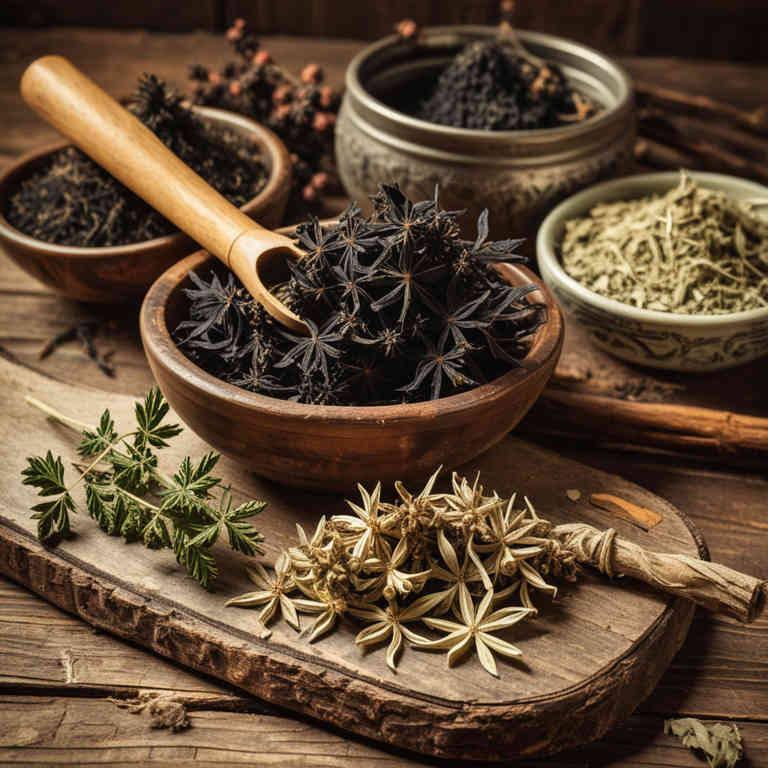
Sambucus nigra herbal decoctions are used to support immune function and alleviate symptoms of colds and flu due to their antiviral and anti-inflammatory properties.
These decoctions are also valued for their ability to reduce fever and ease respiratory congestion, making them a popular remedy during seasonal illnesses. Additionally, sambucus nigra is traditionally used to promote circulation and detoxification, which can aid in overall wellness. The plant's berries and leaves contain compounds like flavonoids and mucilage, which contribute to its therapeutic effects.
Because of these benefits, sambucus nigra decoctions are widely used in herbal medicine to enhance the body's natural defenses and support recovery from mild infections.
40. Sabadilla tinctura

Sabadilla tinctura herbal decoctions are used to treat respiratory conditions such as coughs, bronchitis, and asthma due to their expectorant and antispasmodic properties.
These decoctions help to loosen mucus in the airways, making it easier to expel, thereby alleviating congestion and improving breathing. They are also known to reduce inflammation in the respiratory tract, which can provide relief from persistent coughing and irritation. The active compounds in sabadilla, such as alkaloids, contribute to its effectiveness in soothing the bronchial passages.
Because of these therapeutic benefits, sabadilla tinctura is a valued remedy in traditional and alternative medicine for supporting respiratory health.
41. Sutherlandia frutescens
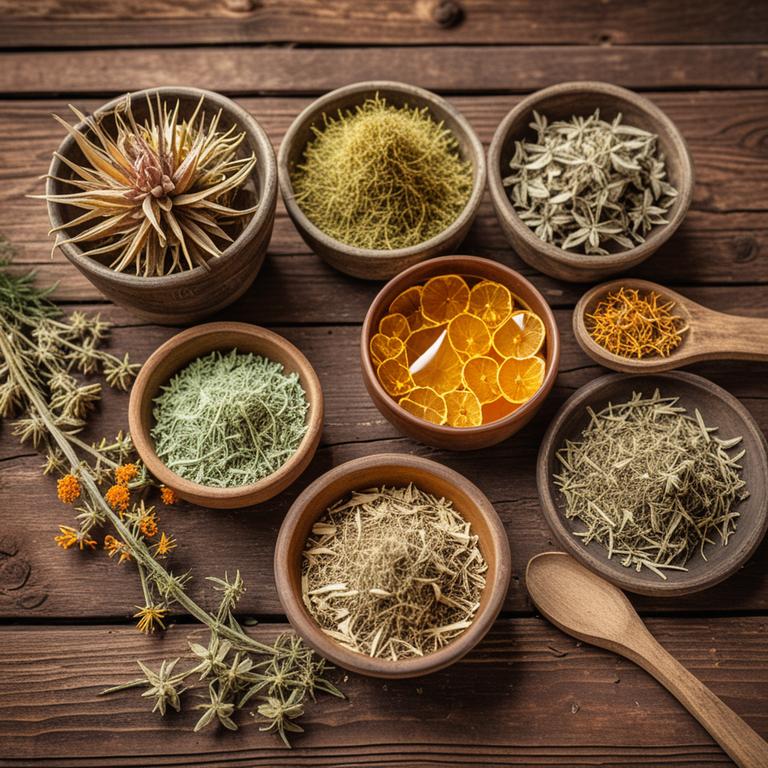
Sutherlandia frutescens herbal decoctions are used to support immune function and enhance the body's natural defenses against illness.
They are often incorporated into traditional herbal medicine to aid in the management of conditions such as cancer, where they may help alleviate symptoms and improve quality of life. The decoctions are believed to possess anti-inflammatory and antioxidant properties, which contribute to their therapeutic potential. These preparations are also valued for their ability to promote overall wellness and resilience, making them a popular choice in complementary and alternative medicine.
Their use is supported by both historical practices and modern research exploring their bioactive compounds and health benefits.
42. Prunus domestica

Prunus domestica herbal decoctions are used to support digestive health by stimulating the production of digestive enzymes and promoting healthy gut flora.
These decoctions are also valued for their potential anti-inflammatory properties, which may help alleviate symptoms of inflammatory conditions such as arthritis. Additionally, they are often used to relieve mild respiratory issues due to their expectorant effects, aiding in the removal of mucus from the airways. The presence of antioxidants in prunus domestica contributes to its ability to combat oxidative stress and support immune function.
Overall, the use of these decoctions is rooted in their natural compounds that offer a range of therapeutic benefits for both digestive and respiratory wellness.
43. Eucalyptus globulus
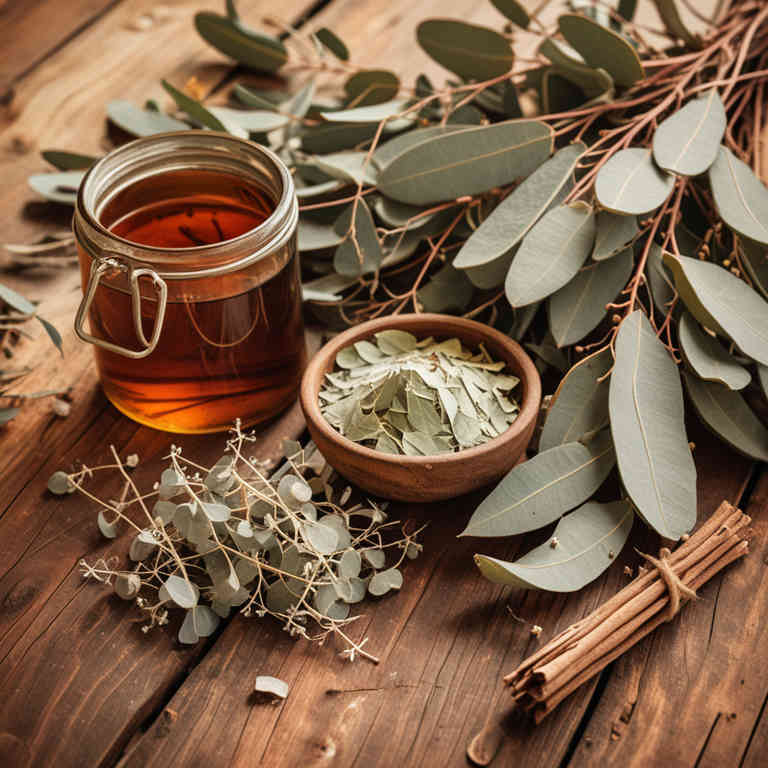
Eucalyptus globulus herbal decoctions are used to alleviate respiratory conditions such as coughs, bronchitis, and congestion due to their expectorant and anti-inflammatory properties.
These decoctions help to loosen mucus in the airways, making it easier to expel and reducing inflammation in the respiratory tract. They are also commonly used in aromatherapy and steam inhalation to provide relief from nasal congestion and sinus pressure. The active compounds in eucalyptus, such as cineole, contribute to their antimicrobial and decongestant effects.
Because of these benefits, eucalyptus globulus decoctions are widely valued in both traditional and complementary medicine for their natural therapeutic properties.
44. Satureja hortensis
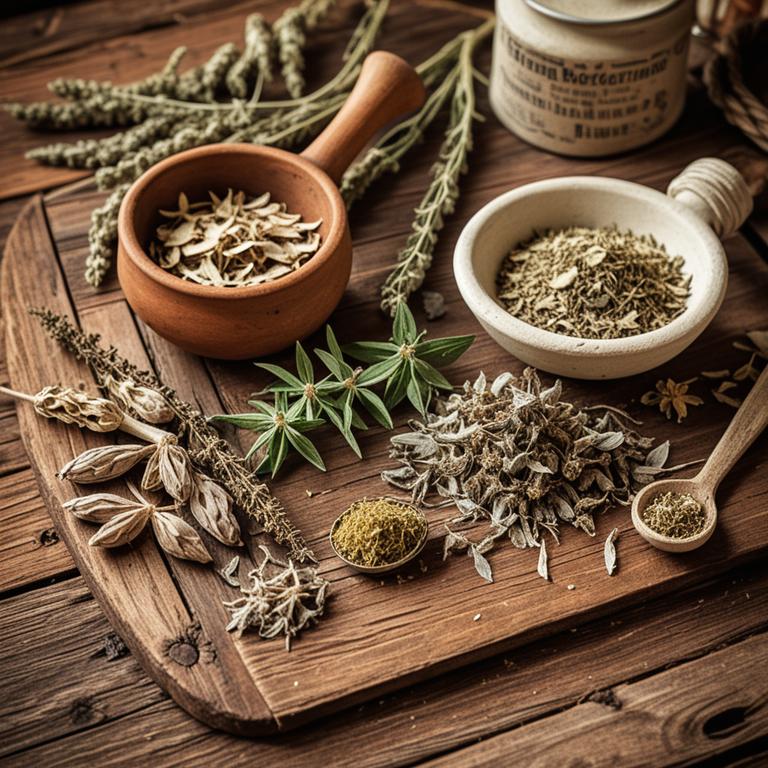
Satureja hortensis herbal decoctions are used to support digestive health by stimulating the secretion of digestive enzymes and relieving symptoms of indigestion and bloating.
They are also valued for their antimicrobial properties, which can help in treating minor infections and promoting oral health. These decoctions are often incorporated into traditional medicine practices for their ability to reduce inflammation and ease respiratory conditions such as coughs and bronchitis. Additionally, satureja hortensis is believed to have a calming effect on the nervous system, making it useful in reducing stress and promoting relaxation.
Its versatility and historical use in herbal medicine make it a valuable remedy for a range of health concerns.
45. Melissa officinalis
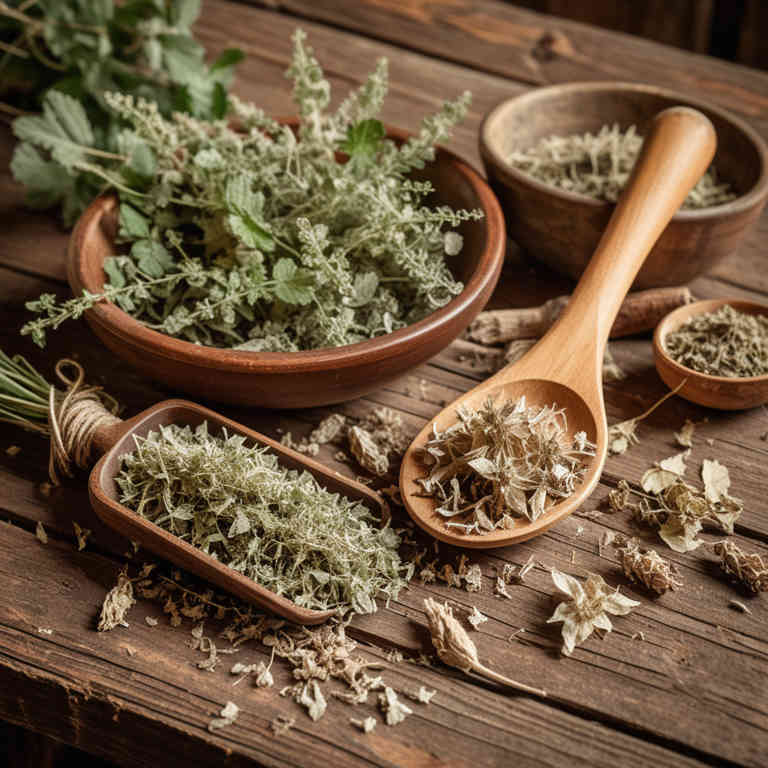
Melissa officinalis herbal decoctions are used to support digestive health by promoting the secretion of digestive enzymes and reducing gastrointestinal discomfort.
They are also valued for their calming effects, as they can help alleviate symptoms of anxiety and stress by modulating the nervous system. These decoctions are often used to enhance respiratory function due to their expectorant properties, which aid in clearing mucus from the airways. Additionally, melissa officinalis is believed to have antimicrobial properties that can help in treating mild infections and supporting immune function.
Overall, the versatility of melissa officinalis decoctions makes them a popular choice in herbal medicine for their broad range of therapeutic benefits.
46. Symphytum officinale
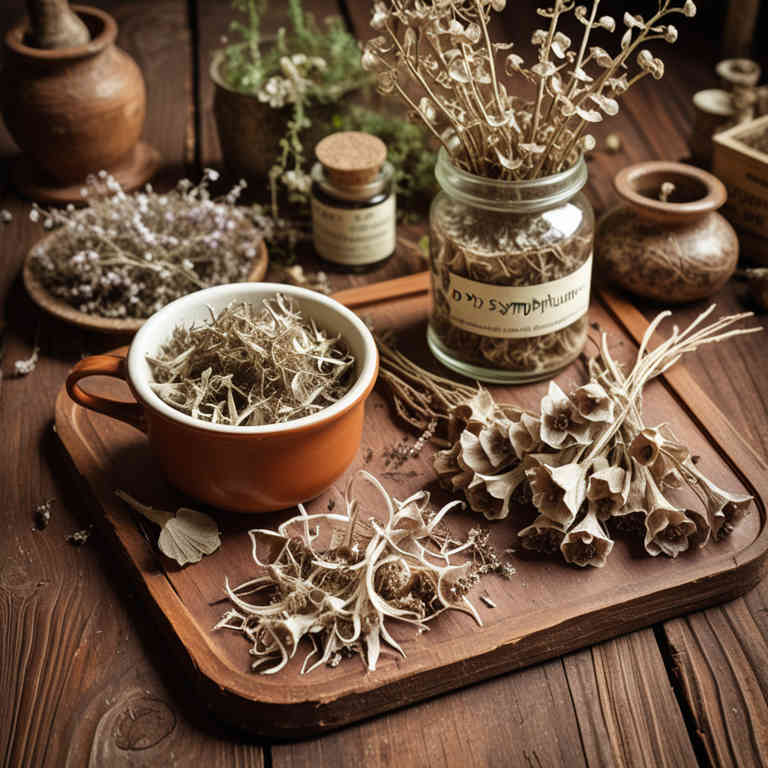
Symphytum officinale herbal decoctions are used to promote wound healing and reduce inflammation in various tissues.
These decoctions are particularly effective in treating bruises, sprains, and fractures due to their high concentration of allantoin, which aids in cell proliferation and tissue repair. The plant's mucilage content also helps to soothe irritated mucous membranes, making it useful for digestive and respiratory conditions. Additionally, symphytum officinale is valued for its potential to alleviate symptoms of arthritis and other inflammatory disorders.
Its historical use in traditional medicine underscores its significance as a versatile herbal remedy with multiple therapeutic benefits.
47. Hydrastis canadensis
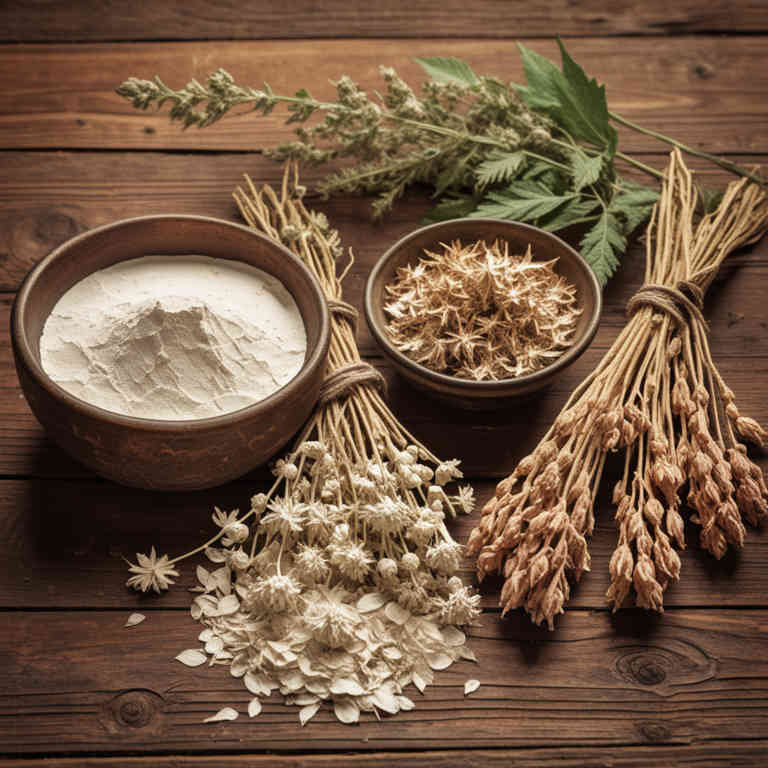
Hydrastis canadensis herbal decoctions are used to support digestive health by stimulating the production of digestive enzymes and reducing inflammation in the gastrointestinal tract.
These decoctions are also valued for their antimicrobial properties, which can help combat harmful bacteria and promote a balanced gut microbiome. In traditional medicine, they have been used to treat conditions such as ulcers, indigestion, and even skin infections due to their healing properties. The presence of berberine, a key alkaloid, contributes to their effectiveness in treating infections and supporting overall wellness.
Because of these benefits, hydrastis canadensis decoctions remain a popular choice in both herbal and integrative medicine practices.
48. Cymbopogon citratus
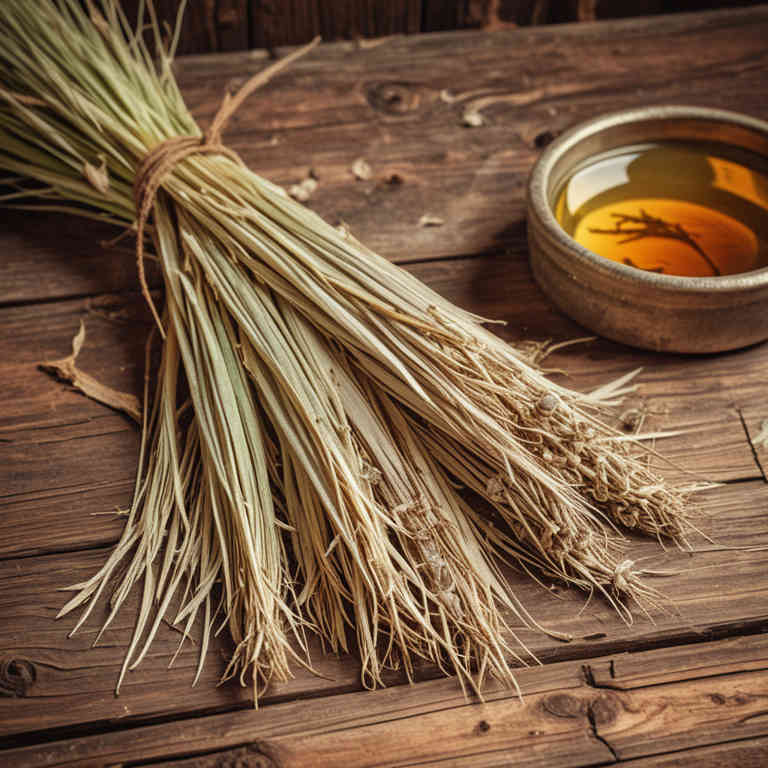
Cymbopogon citratus herbal decoctions are used to promote relaxation and reduce anxiety due to their calming properties.
These decoctions contain essential oils like citral, which have been shown to have sedative and anxiolytic effects on the nervous system. They are also used to aid digestion by stimulating the secretion of digestive enzymes and reducing gastrointestinal discomfort. Additionally, cymbopogon citratus decoctions are valued for their antimicrobial and anti-inflammatory properties, making them useful in treating respiratory and skin conditions.
Overall, their versatile therapeutic benefits make them a popular choice in traditional and complementary medicine practices.
49. Plantago lanceolata

Plantago lanceolata herbal decoctions are used to support respiratory health by alleviating symptoms of coughs, colds, and bronchitis due to their expectorant and anti-inflammatory properties.
These decoctions are also valued for their ability to soothe irritated mucous membranes, making them beneficial for conditions like sore throats and nasal congestion. Additionally, they are employed in traditional medicine to promote wound healing and reduce inflammation, thanks to the presence of compounds like aucubin and allantoin. The plant's mucilage content helps to coat and protect the digestive tract, making it useful for treating gastrointestinal issues such as ulcers and gastritis.
Overall, the versatility of Plantago lanceolata herbal decoctions stems from their broad range of therapeutic actions, which have been recognized and utilized for centuries in herbal practices.
50. Tribulus terrestris

Tribulus terrestris herbal decoctions are used to enhance physical performance and support sexual health due to their traditional reputation as an aphrodisiac.
These decoctions are believed to increase libido and improve erectile function, making them popular among individuals seeking to boost their sexual vitality. In traditional medicine, they are also used to strengthen the kidneys and promote overall vitality, which is thought to contribute to energy levels and endurance. The active compounds in tribulus terrestris, such as saponins, may help regulate hormone levels, particularly testosterone, which can have a positive impact on muscle growth and athletic performance.
As a result, these decoctions are widely utilized in herbal remedies for both men and women aiming to enhance their physical and sexual well-being.
51. Pueraria lobata
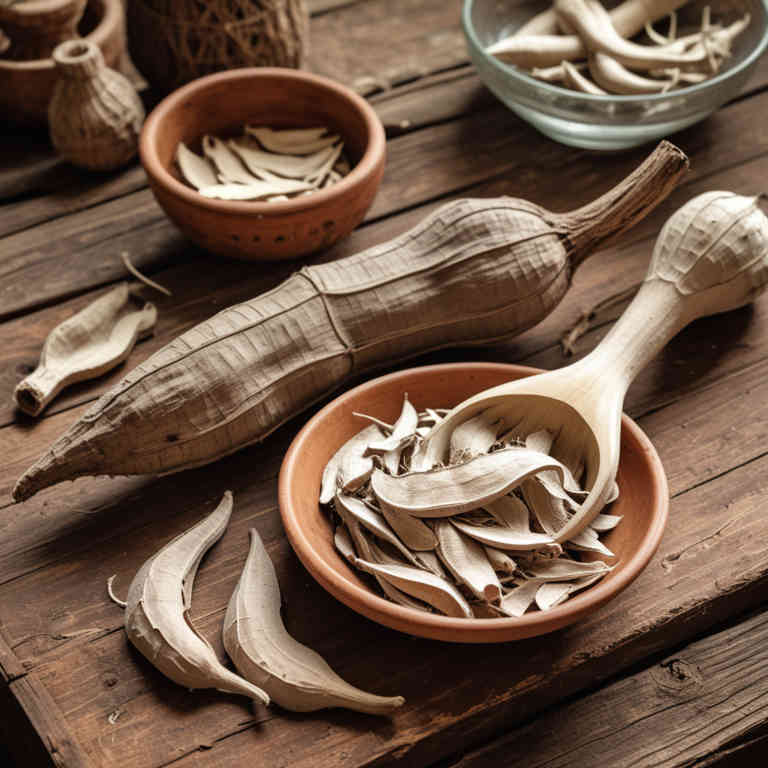
Pueraria lobata herbal decoctions are used to support weight loss and manage metabolic disorders due to their high concentration of isoflavones, particularly daidzein and genistein, which have been shown to influence fat metabolism and insulin sensitivity.
These decoctions are also valued in traditional Chinese medicine for their ability to alleviate menopausal symptoms, such as hot flashes and mood swings, by modulating estrogen levels in the body. Additionally, they may help in reducing inflammation and improving cardiovascular health, making them a popular choice for holistic wellness approaches. The bioactive compounds in pueraria lobata are believed to enhance metabolic rate and suppress appetite, contributing to their efficacy in weight management.
Overall, the versatility of pueraria lobata herbal decoctions makes them a valuable natural remedy for a range of health concerns.
52. Rhus toxicaria
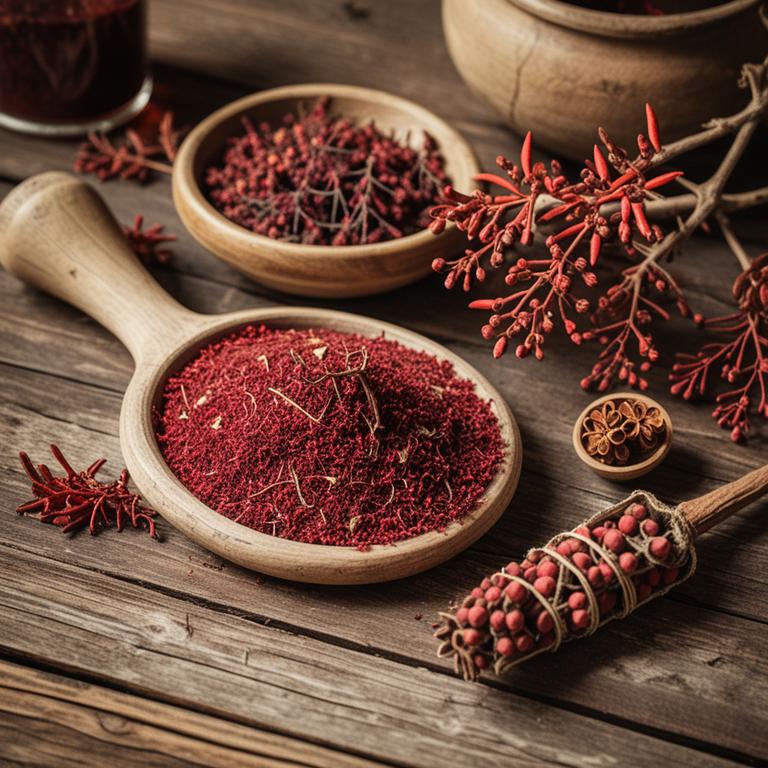
Rhus toxicaria herbal decoctions are used to alleviate symptoms of arthritis and joint pain due to their anti-inflammatory and analgesic properties.
These decoctions are believed to reduce swelling and stiffness by promoting circulation and reducing the accumulation of toxins in the joints. They are also utilized in traditional medicine to treat skin conditions such as eczema and psoriasis because of their drying and astringent effects. The active compounds in Rhus toxicaria may help regulate the immune system, making it beneficial for individuals with autoimmune disorders.
Overall, the use of Rhus toxicaria decoctions is rooted in its ability to address both internal and external inflammatory conditions through natural means.
53. Nelumbo nucifera

Nelumbo nucifera herbal decoctions are used to promote overall health and wellness through their rich content of bioactive compounds.
These decoctions are traditionally employed in Ayurvedic and Chinese medicine to support digestive health, reduce inflammation, and enhance mental clarity. The presence of compounds like alkaloids, flavonoids, and phenolic acids contributes to their therapeutic properties. They are also valued for their calming effects, making them useful in managing stress and anxiety.
Due to their multifaceted benefits, nelumbo nucifera decoctions are increasingly sought after in modern herbal remedies for holistic health care.
54. Lepidium meyenii
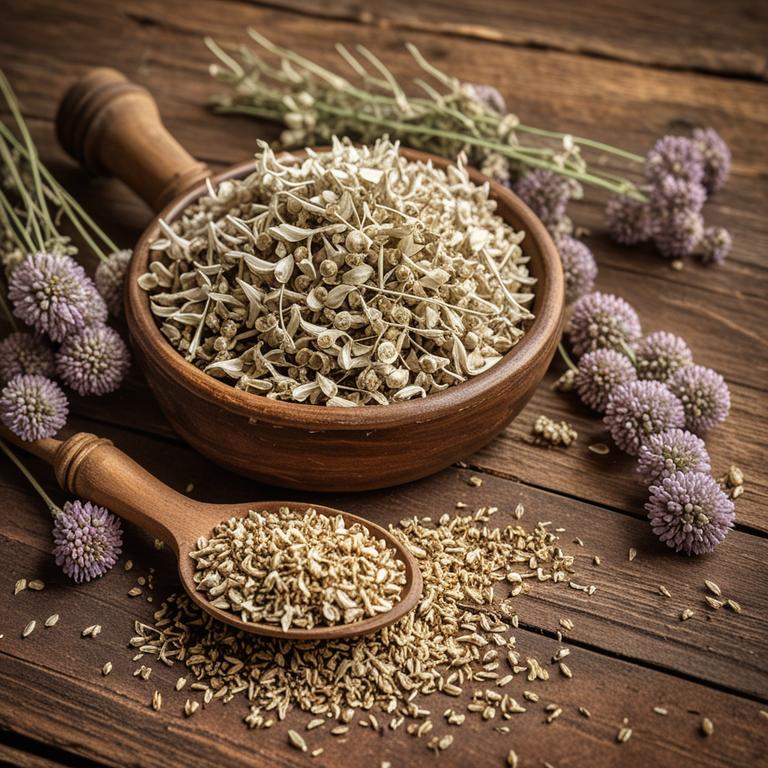
Lepidium meyenii herbal decoctions are used to support digestive health and promote overall wellness.
These decoctions are traditionally valued for their ability to alleviate gastrointestinal discomfort, including bloating, indigestion, and irregular bowel movements. The active compounds in the decoctions, such as alkaloids and flavonoids, are believed to have mild laxative and anti-inflammatory properties. They are also used in traditional medicine to enhance nutrient absorption and strengthen the immune system.
Due to their natural composition and perceived safety, lepidium meyenii decoctions remain a popular choice for those seeking herbal remedies for digestive and general health support.
55. Leonurus cardiaca
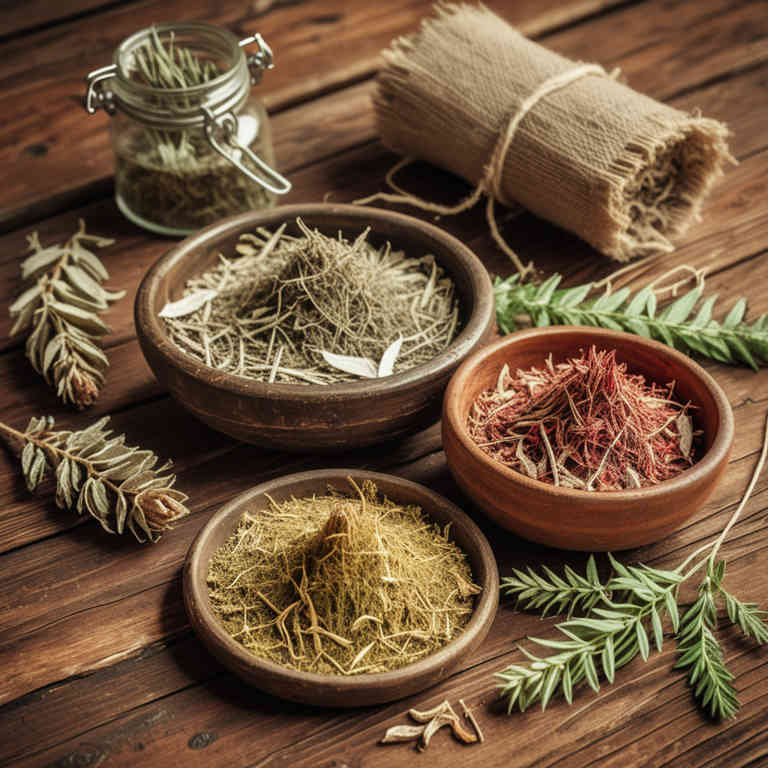
Leonurus cardiaca herbal decoctions are used to support cardiovascular health by promoting circulation and reducing inflammation in the heart and blood vessels.
These decoctions are traditionally valued for their ability to strengthen the heart muscle and improve overall cardiac function. The plant contains compounds such as flavonoids and saponins, which contribute to its therapeutic properties. In traditional medicine, they are often used to treat conditions like arrhythmia and hypertension.
Their mild yet effective nature makes them a preferred choice for those seeking natural remedies for heart-related ailments.
56. Cyperus rotundus
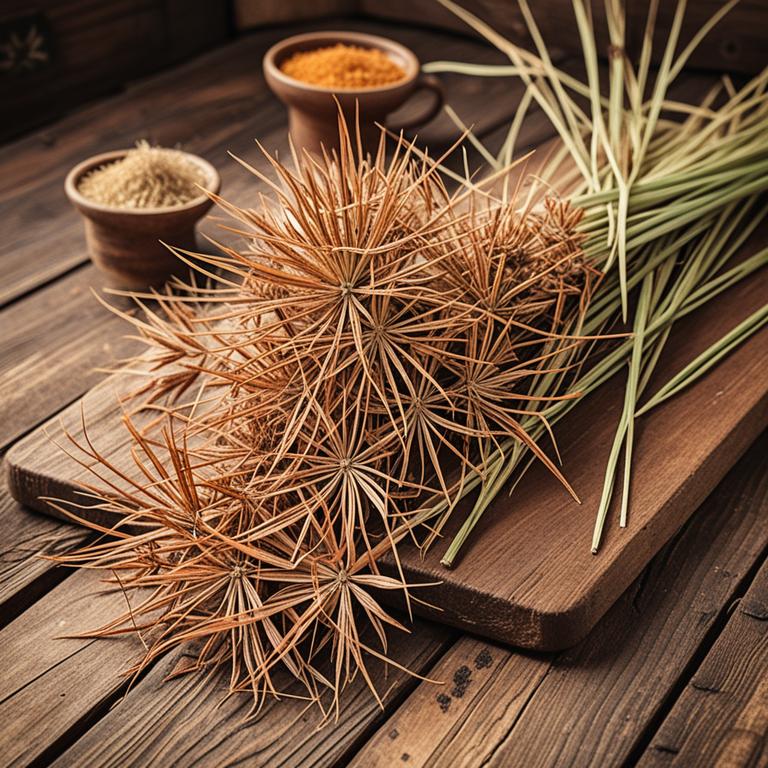
Cyperus rotundus herbal decoctions are used to treat a variety of health conditions due to their rich pharmacological properties.
They are commonly employed in traditional medicine to alleviate symptoms of respiratory disorders such as asthma and cough by acting as an expectorant and bronchodilator. These decoctions also show promise in managing digestive issues like indigestion and bloating due to their carminative and anti-inflammatory effects. Additionally, they are used topically to reduce swelling and inflammation, making them beneficial for skin conditions and injuries.
The widespread use of Cyperus rotundus decoctions is attributed to their natural efficacy, accessibility, and minimal side effects, making them a valuable resource in both conventional and alternative medicine.
57. Rhodiola rosea
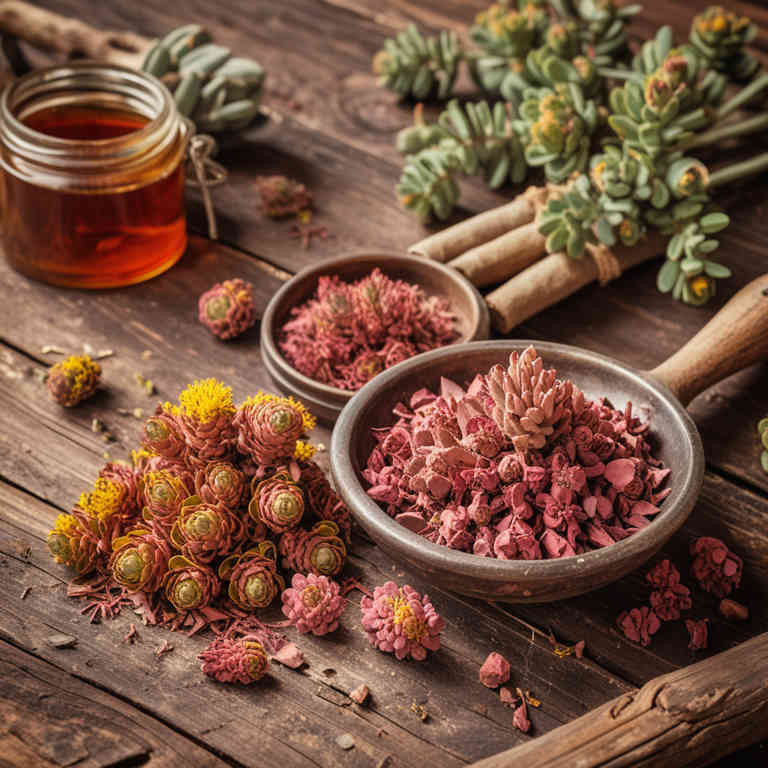
Rhodiola rosea herbal decoctions are used to enhance physical and mental performance by increasing energy levels and reducing fatigue.
They are particularly beneficial for individuals experiencing stress, as they help regulate the body's stress response and improve mood. These decoctions also support cognitive function, making them useful for students and professionals needing mental clarity and focus. Additionally, rhodiola rosea has been traditionally used to promote longevity and resilience against environmental stressors.
Its adaptogenic properties make it a valuable natural remedy for improving overall well-being and vitality.
58. Solanum tuberosum

Solanum tuberosum herbal decoctions are used to promote digestive health by stimulating the production of gastric juices and aiding in the digestion of proteins.
These decoctions are also valued for their ability to alleviate symptoms of mild respiratory conditions, such as coughs and congestion, due to their expectorant properties. In traditional medicine, they are often employed to reduce inflammation and support the immune system, particularly during seasonal changes. The alkaloids present in the decoctions may contribute to their therapeutic effects by interacting with nerve receptors and muscle tissues.
Overall, the use of solanum tuberosum herbal decoctions is rooted in their diverse pharmacological properties that support various aspects of health and wellness.
59. Panax ginseng
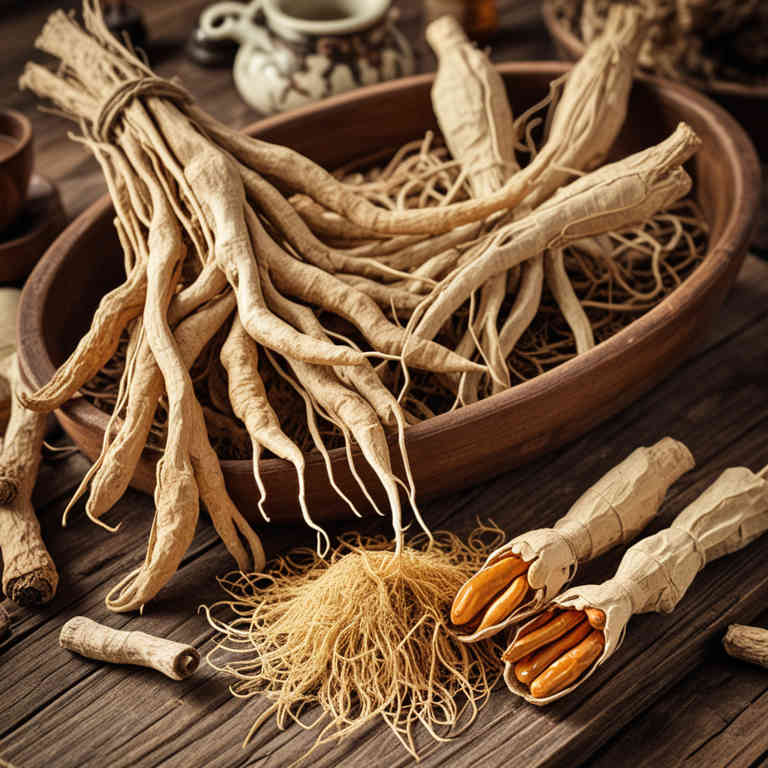
Panax ginseng herbal decoctions are used to enhance physical and mental performance by stimulating energy levels and improving cognitive function.
They are commonly consumed to support immune system function, helping the body resist stress and illness. These decoctions are also valued for their ability to reduce fatigue and promote overall vitality, making them popular in traditional medicine practices. The active compounds in ginseng, such as ginsenosides, are believed to contribute to these health benefits by influencing various physiological processes.
Due to their adaptogenic properties, panax ginseng decoctions are often used to help balance the body's response to stress and maintain homeostasis.
60. Salvia miltiorrhiza
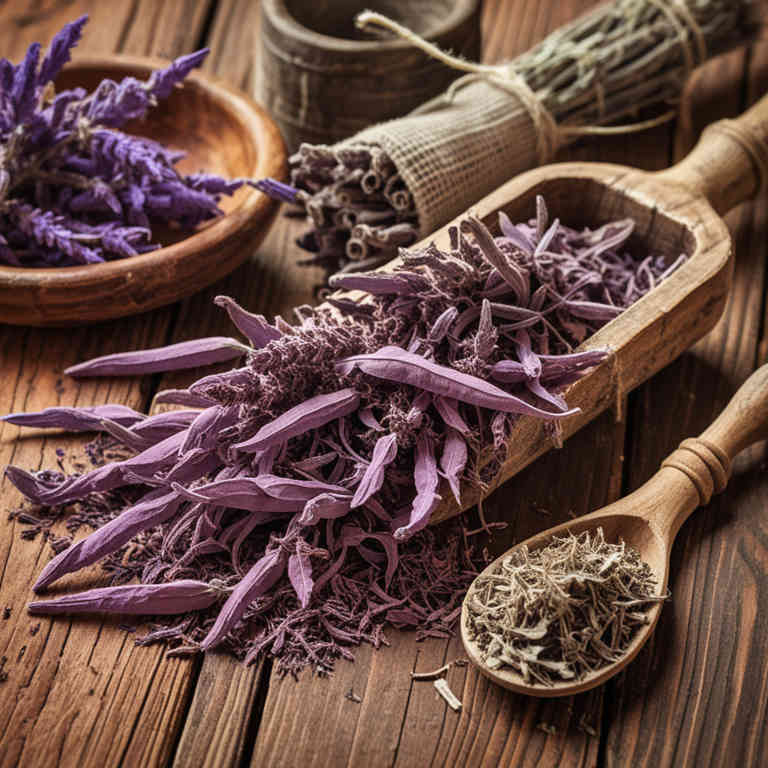
Salvia miltiorrhiza herbal decoctions are used to promote cardiovascular health by improving blood circulation and reducing the risk of thrombosis.
They are also employed in traditional Chinese medicine to treat conditions such as coronary artery disease and hypertension due to their antioxidant and anti-inflammatory properties. These decoctions help in enhancing oxygen supply to tissues, which can alleviate symptoms of ischemia and improve overall cardiac function. Additionally, they are valued for their ability to support liver health and reduce oxidative stress in the body.
The combination of these therapeutic effects makes salvia miltiorrhiza a popular and effective herbal remedy in both traditional and modern medical practices.
61. Paeonia lactiflora

Paeonia lactiflora herbal decoctions are used to promote cardiovascular health by improving blood circulation and reducing cholesterol levels.
These decoctions are also valued for their ability to alleviate symptoms of menopause, such as hot flashes and mood swings, due to their phytoestrogen content. In traditional Chinese medicine, they are commonly prescribed to treat conditions like hypertension and inflammation, thanks to their anti-inflammatory and antispasmodic properties. The plant's root, known as peony root, contains compounds like paeoniflorin that contribute to its therapeutic effects.
Overall, the versatility and efficacy of paeonia lactiflora decoctions make them a valuable component in both traditional and modern herbal medicine.
62. Calendula officinalis
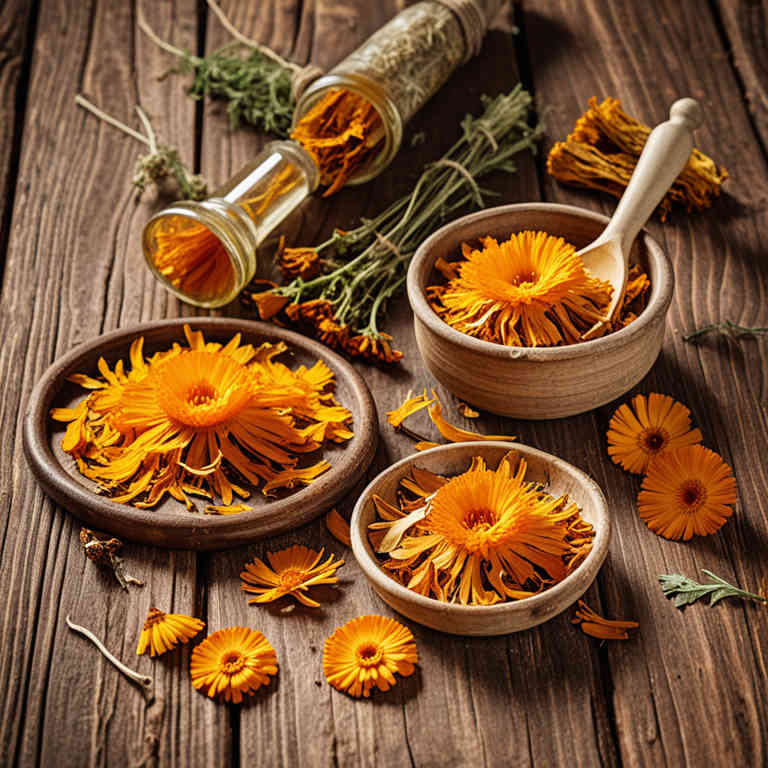
Calendula officinalis herbal decoctions are used to promote skin health and treat various dermatological conditions due to their anti-inflammatory and antiseptic properties.
These decoctions are commonly applied topically to soothe burns, eczema, and rashes, as they help reduce redness and irritation. They are also used to support wound healing by preventing infection and encouraging tissue regeneration. In addition, calendula decoctions may aid in digestive health by reducing inflammation in the gastrointestinal tract.
Their versatility and gentle nature make them a popular choice in both traditional and modern herbal medicine.
63. Berberis aristata
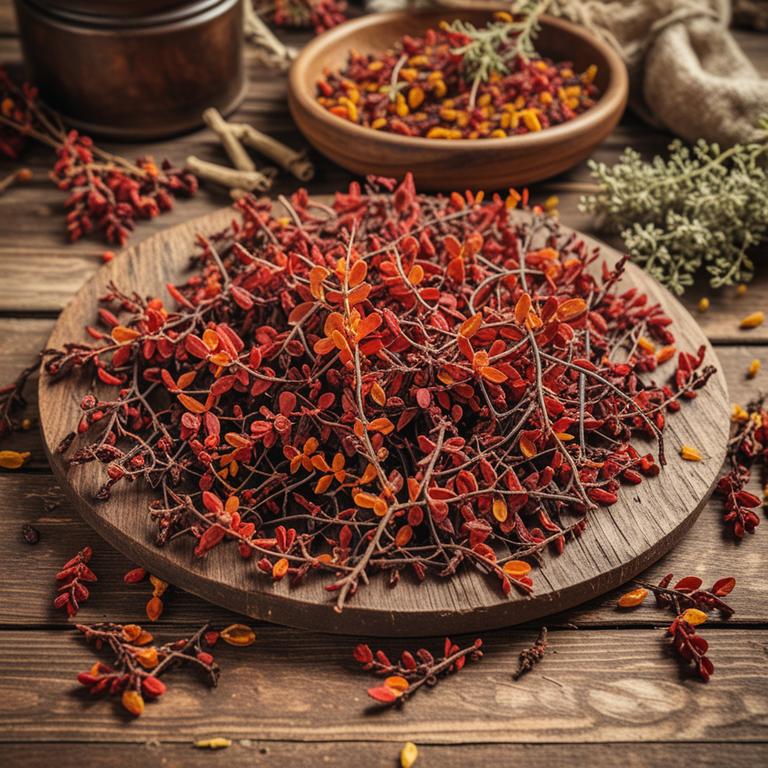
Berberis aristata herbal decoctions are used to treat a variety of infections due to their potent antimicrobial properties.
These decoctions contain berberine, an alkaloid known for its ability to inhibit the growth of bacteria, fungi, and parasites. They are commonly used in traditional medicine to address digestive issues such as diarrhea and inflammatory bowel conditions. Additionally, berberis aristata decoctions may support liver function and help in managing conditions like hepatitis.
Their broad-spectrum activity makes them a valuable natural remedy in both conventional and alternative medical practices.
64. Nepeta cataria

Nepeta cataria herbal decoctions are used to promote relaxation and alleviate symptoms of anxiety and stress.
The plant, commonly known as catnip, contains compounds like nepetalactone that have calming effects on the nervous system. These decoctions are often consumed as teas to help ease insomnia and improve sleep quality. Additionally, they may support digestive health by reducing bloating and nausea.
Due to their natural composition and mild effects, nepeta cataria decoctions are favored as a gentle alternative to pharmaceutical sedatives.
65. Piper methysticum
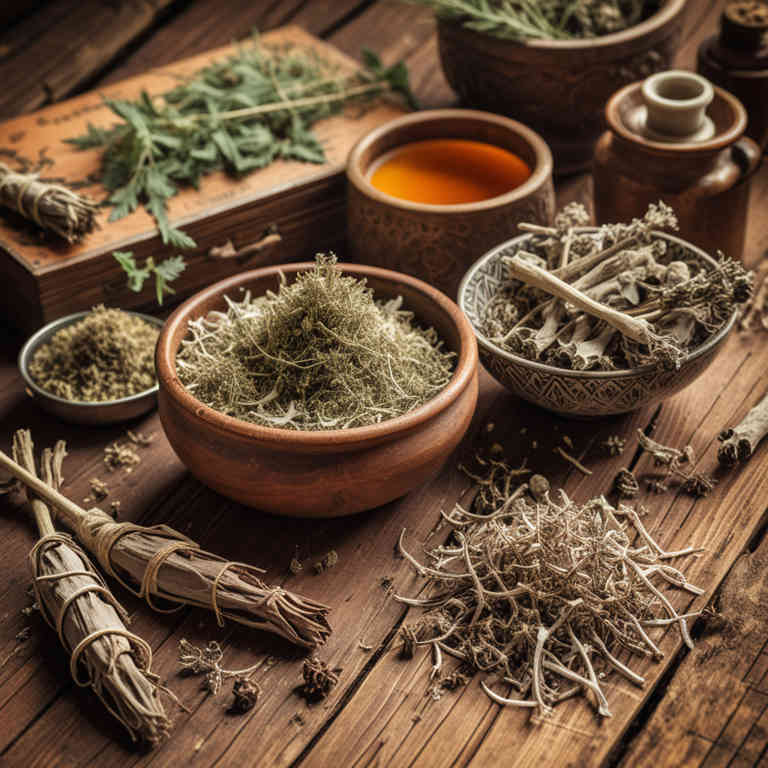
Piper methysticum herbal decoctions are used to promote relaxation and reduce stress by interacting with the central nervous system to induce a calming effect.
These decoctions are traditionally consumed in social and ceremonial settings, fostering community bonding and spiritual connection. They are also valued for their potential to enhance mood and alleviate symptoms of anxiety and depression. The active compound, kavalactones, contribute to their sedative and anxiolytic properties, making them a popular natural remedy.
Due to their cultural significance and therapeutic benefits, piper methysticum decoctions remain an important part of traditional medicine and holistic wellness practices.
66. Cimicifuga racemosa
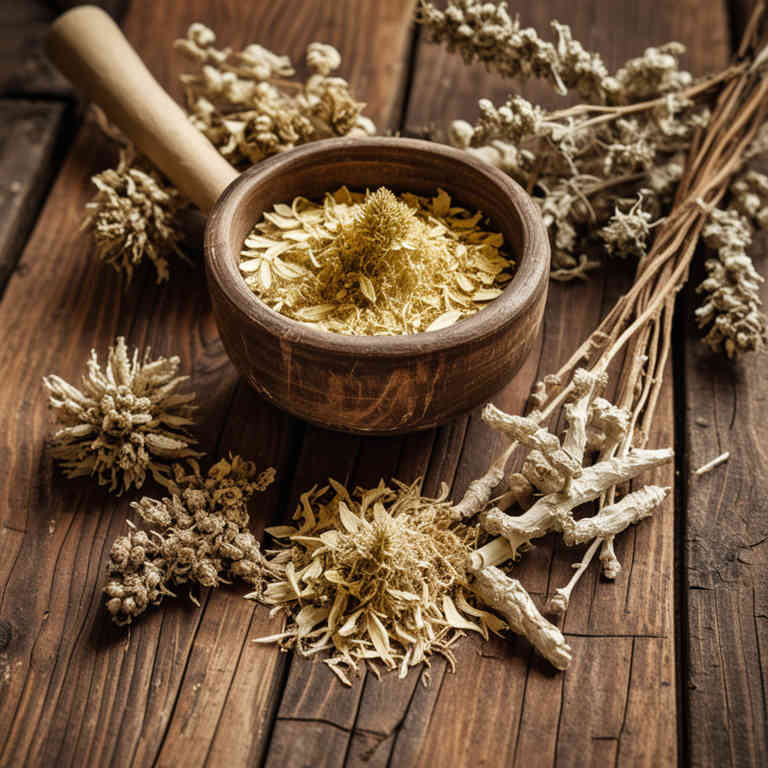
Cimicifuga racemosa herbal decoctions are used to support women's health, particularly in managing symptoms associated with menopause, such as hot flashes, night sweats, and mood swings.
These decoctions are believed to help balance hormonal fluctuations by enhancing the body's natural estrogen-like effects, which can alleviate discomfort during the menopausal transition. Additionally, they are often utilized to address menstrual irregularities, including painful periods and heavy bleeding, due to their potential estrogenic and anti-inflammatory properties. The roots of cimicifuga racemosa contain compounds like triterpene glycosides, which may contribute to its therapeutic effects on the reproductive system.
Because of these properties, cimicifuga racemosa decoctions are increasingly sought after as a natural alternative to conventional hormone replacement therapy.
67. Althaea officinalis
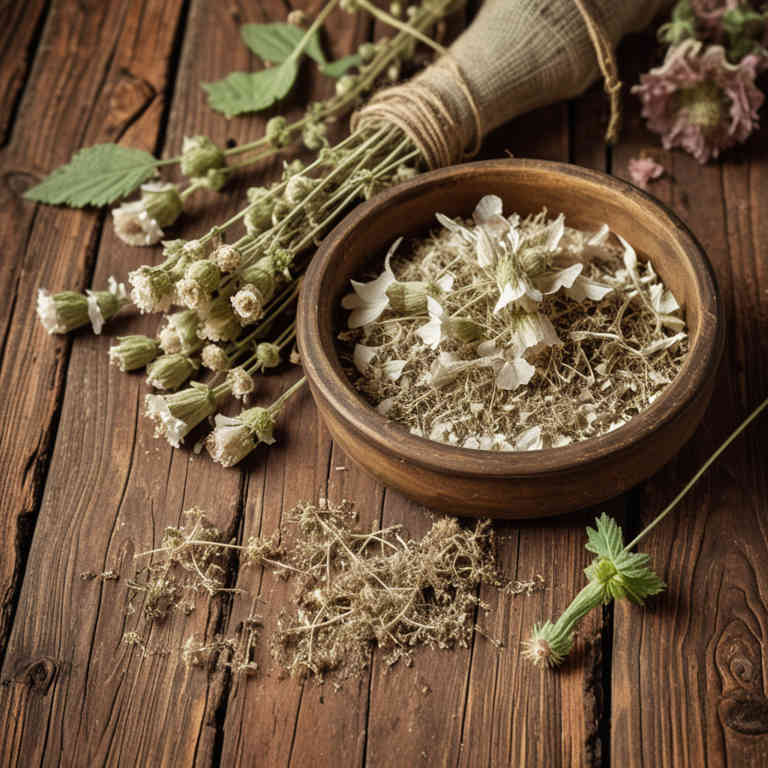
Althaea officinalis herbal decoctions are used to soothe respiratory conditions such as coughs and bronchitis due to their mucilage content, which forms a protective layer over irritated tissues.
These decoctions are also valued for their mild laxative effects, making them useful in treating constipation without causing harsh side effects. Additionally, they are commonly used in skincare to reduce inflammation and promote healing of minor skin irritations. The anti-inflammatory and demulcent properties of althaea officinalis make it a popular remedy in traditional medicine for easing discomfort in the throat and digestive tract.
Because of these therapeutic benefits, althaea officinalis remains a widely used herbal remedy across various cultures for its gentle yet effective health support.
68. Triticum aestivum

Triticum aestivum herbal decoctions are used to promote digestive health by stimulating the secretion of digestive enzymes and reducing bloating.
These decoctions are also valued for their calming effects on the nervous system, helping to alleviate stress and anxiety. In traditional medicine, they are often employed to support respiratory health by easing symptoms of coughing and bronchitis. Additionally, they may aid in detoxification by supporting liver function and promoting the elimination of toxins from the body.
The versatility of triticum aestivum makes it a valuable component in herbal remedies for a wide range of health conditions.
69. Moringa oleifera
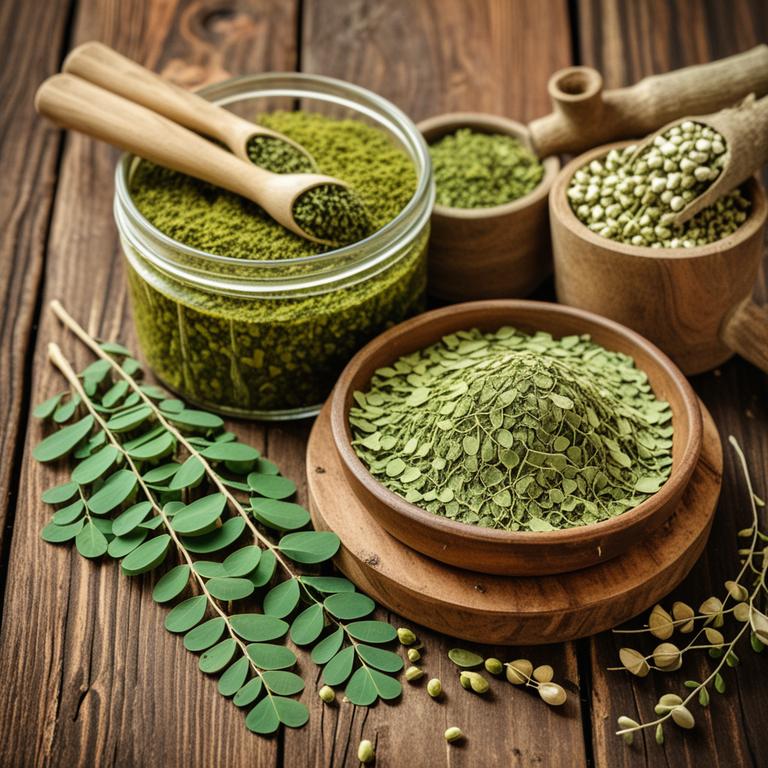
Moringa oleifera herbal decoctions are used to support overall health and wellness through their rich nutrient profile.
These decoctions are valued for their ability to boost immune function and reduce inflammation due to the presence of antioxidants and anti-inflammatory compounds. They are also commonly used to improve digestion and promote gut health by aiding in the breakdown of food and enhancing nutrient absorption. Additionally, moringa oleifera decoctions are employed in traditional medicine to manage symptoms of diabetes and hypertension due to their hypoglycemic and antihypertensive properties.
The versatility and wide range of health benefits make moringa oleifera a popular choice for natural remedies across various cultures.
70. Withania somnifera
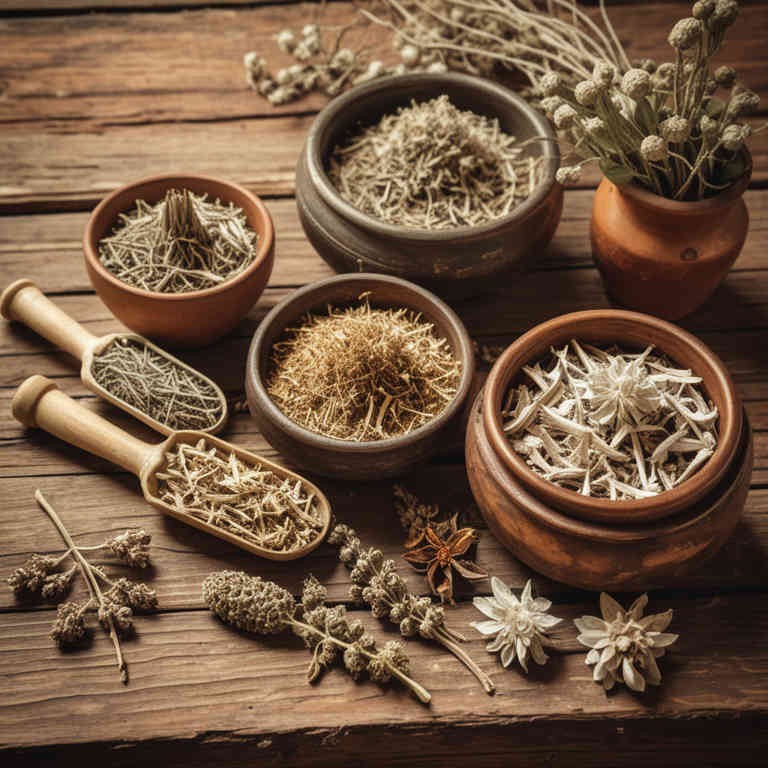
Withania somnifera herbal decoctions are used to support overall health and well-being through their adaptogenic properties.
These decoctions are known to help the body manage stress by regulating the hypothalamic-pituitary-adrenal (HPA) axis, which is crucial for maintaining balance during challenging times. They are also utilized to enhance physical endurance and mental clarity, making them popular among athletes and students. The presence of bioactive compounds like withanolides contributes to their therapeutic effects, including anti-inflammatory and antioxidant benefits.
Due to these diverse properties, Withania somnifera decoctions are increasingly sought after for their holistic approach to health maintenance and disease prevention.
71. Valeriana officinalis

Valeriana officinalis herbal decoctions are used to promote relaxation and improve sleep quality by acting as a natural sedative.
These decoctions contain compounds like valerenic acid, which interact with the central nervous system to reduce anxiety and calm the mind. They are commonly used to alleviate symptoms of insomnia and restlessness, making them a popular alternative to synthetic sleep aids. Additionally, valeriana officinalis is believed to help with mild cases of anxiety and stress-related disorders due to its calming effects.
Its historical use in traditional medicine underscores its efficacy and safety for long-term herbal treatment.
72. Vitex negundo
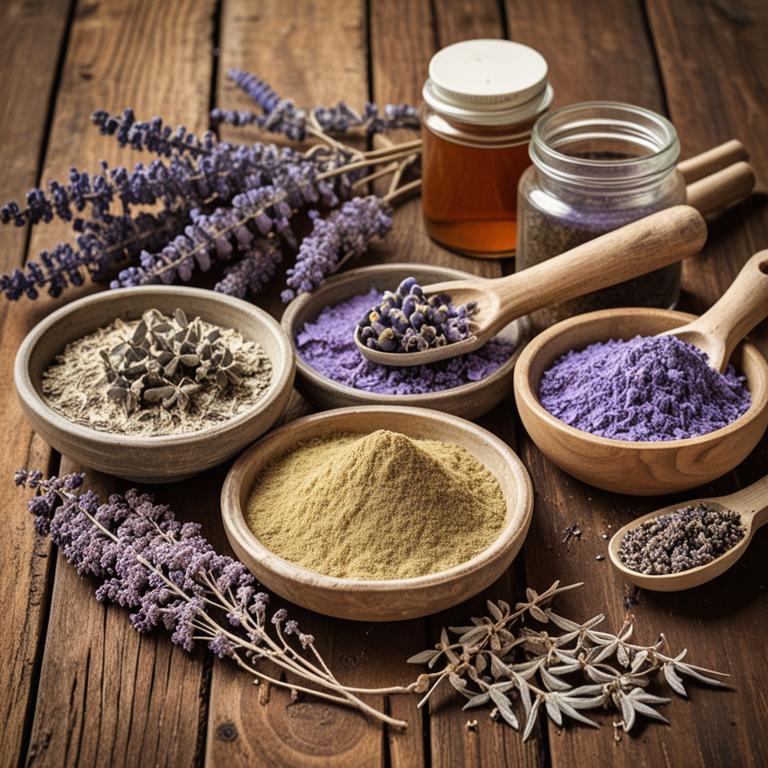
Vitex negundo herbal decoctions are used to treat a variety of health conditions, particularly those related to the female reproductive system.
They are commonly employed to regulate menstrual cycles and alleviate symptoms of premenstrual syndrome due to their phytoestrogenic properties. Additionally, these decoctions are used to support fertility and ease symptoms of menopause, such as hot flashes and mood swings. The plant's anti-inflammatory and antioxidant compounds contribute to its effectiveness in reducing inflammation and boosting immune function.
Overall, Vitex negundo decoctions are valued for their holistic approach to women's health, offering natural remedies for a range of physiological and emotional imbalances.
73. Eclipta prostrata

Eclipta prostrata herbal decoctions are used to promote hair growth and enhance hair quality due to their rich content of bioactive compounds such as alkaloids and flavonoids.
These decoctions are traditionally employed in Ayurvedic medicine to treat various skin conditions, including acne and eczema, owing to their anti-inflammatory and antimicrobial properties. The plant's ability to stimulate the scalp and improve circulation makes it a valuable remedy for individuals experiencing hair loss or thinning. Additionally, eclipta prostrata decoctions are believed to support liver health and detoxification processes in the body.
Their versatility in addressing both external and internal health concerns has made them a popular choice in traditional herbal practices.
74. Boswellia serrata
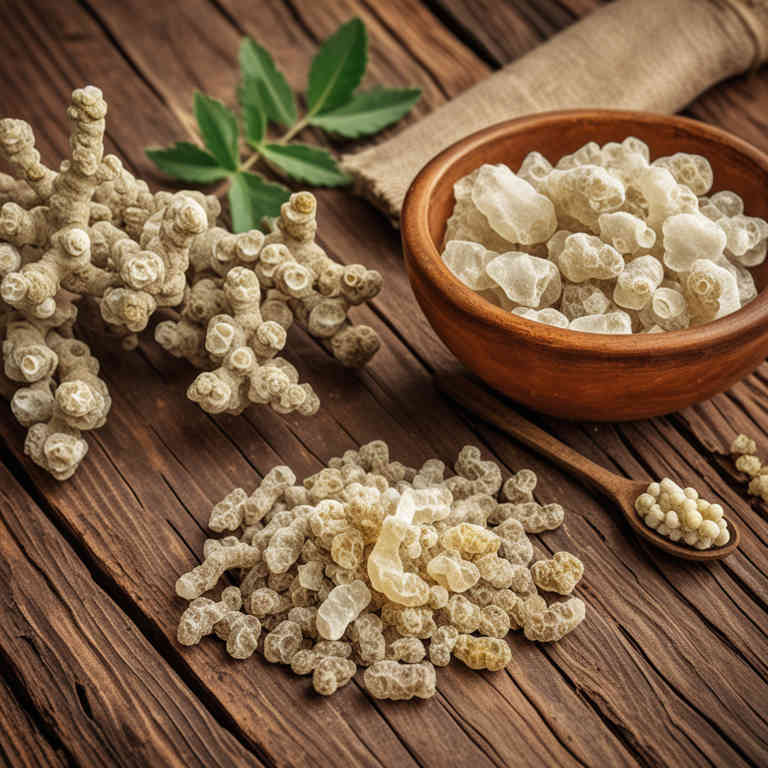
Boswellia serrata herbal decoctions are used to support joint health and reduce inflammation, particularly in conditions like osteoarthritis.
The active compounds in boswellia, such as boswellic acids, inhibit inflammatory responses by suppressing the production of leukotrienes, which are known to contribute to inflammation and pain. These decoctions are also valued for their potential to enhance immune function and promote overall wellness. Due to their natural origin and fewer side effects compared to synthetic anti-inflammatory drugs, boswellia serrata decoctions are increasingly preferred in complementary and alternative medicine.
Their versatility in addressing both chronic and acute inflammatory conditions makes them a valuable addition to holistic health practices.
75. Ocimum sanctum
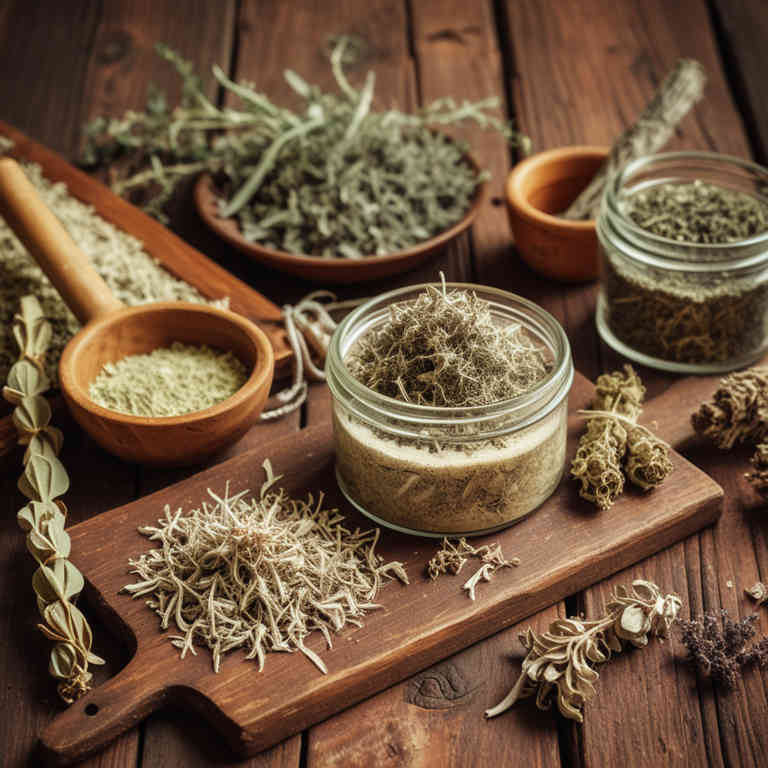
Ocimum sanctum herbal decoctions are used to promote overall health and well-being due to their rich content of antioxidants, vitamins, and minerals.
These decoctions are commonly employed to support the immune system, helping the body fight off infections and diseases. They are also used to alleviate symptoms of respiratory conditions such as coughs and colds, thanks to their expectorant and anti-inflammatory properties. In traditional medicine, ocimum sanctum decoctions are valued for their ability to reduce stress and anxiety, offering a natural remedy for mental wellness.
Additionally, they are used to improve digestion and treat skin conditions, making them a versatile herbal remedy in both modern and traditional health practices.
76. Piper longum
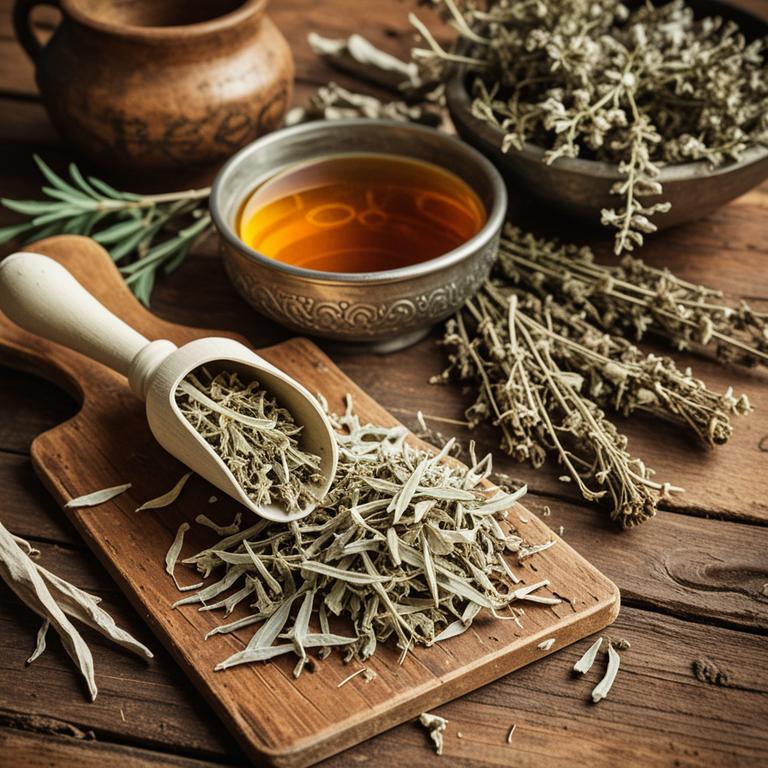
Piper longum herbal decoctions are used to support respiratory health by alleviating symptoms of coughs, bronchitis, and asthma due to their expectorant and anti-inflammatory properties.
These decoctions also aid in digestion by stimulating the secretion of digestive enzymes and improving gastrointestinal motility. Additionally, they are valued for their antimicrobial effects, which can help in treating infections of the throat and lungs. The warming properties of piper longum make it beneficial for colds and nasal congestion, promoting clearer breathing and reducing inflammation.
Overall, the use of piper longum herbal decoctions is rooted in their ability to address a variety of health concerns through their multifaceted therapeutic actions.
77. Tamarindus indica

Tamarindus indica herbal decoctions are used to support digestive health by stimulating the production of gastric juices and improving nutrient absorption.
These decoctions are also valued for their ability to alleviate symptoms of indigestion, bloating, and constipation due to their mild laxative properties. In traditional medicine, they are often employed to reduce fever and treat respiratory infections because of their anti-inflammatory and antipyretic effects. Additionally, the decoctions may help in managing diabetes by regulating blood sugar levels due to the presence of certain bioactive compounds.
Overall, their versatility in addressing both digestive and systemic health issues makes tamarindus indica a valuable component in herbal remedies.
78. Arnica montana
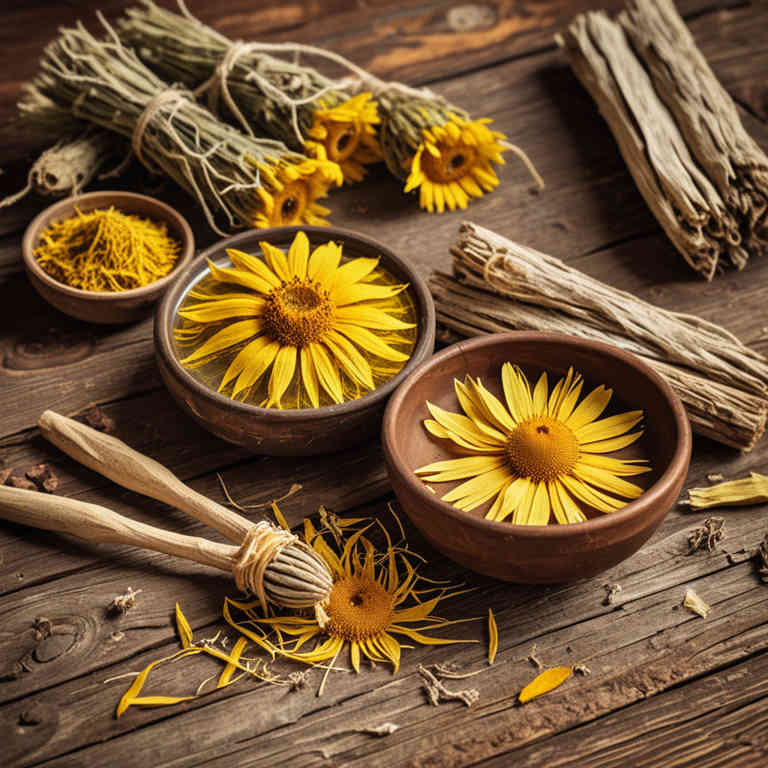
Arnica montana herbal decoctions are used to treat various inflammatory and painful conditions, particularly those affecting the muscles, joints, and skin.
They are commonly applied topically to reduce bruising, swelling, and pain associated with injuries or sports-related trauma. The active compounds in arnica, such as helenalin and other sesquiterpene lactones, have anti-inflammatory and analgesic properties that contribute to its effectiveness. Due to these benefits, arnica montana is often incorporated into topical creams, ointments, and salves for therapeutic use.
However, it should not be ingested as it can be toxic when taken internally.
79. Artemisia annua

Artemisia annua herbal decoctions are used to treat malaria, as they contain artemisinin, a compound that effectively kills the Plasmodium parasites responsible for the disease.
These decoctions are particularly valuable in regions where conventional antimalarial drugs have become less effective due to resistance. In traditional Chinese medicine, they are also used to reduce fever and relieve symptoms of viral infections, supporting the body's natural healing processes. The decoctions are valued for their accessibility and affordability, making them a critical resource in low-resource settings.
Their continued use highlights the importance of integrating traditional knowledge with modern medical practices to address global health challenges.
80. Thuja occidentalis

Thuja occidentalis herbal decoctions are used to support immune system function and treat respiratory infections due to their antimicrobial and anti-inflammatory properties.
These decoctions are also commonly utilized in traditional medicine to address skin conditions such as warts and eczema because of their ability to promote cellular regeneration and reduce inflammation. Additionally, thuja occidentalis decoctions are sometimes employed in herbal formulations for their potential to support liver health and detoxification processes. The active compounds in thuja, such as alpha-tocopherol and flavonoids, contribute to its therapeutic effects by enhancing antioxidant defenses and modulating immune responses.
However, it is important to use these decoctions under professional guidance to avoid potential toxicity and ensure safe, effective treatment.
81. Plantago major
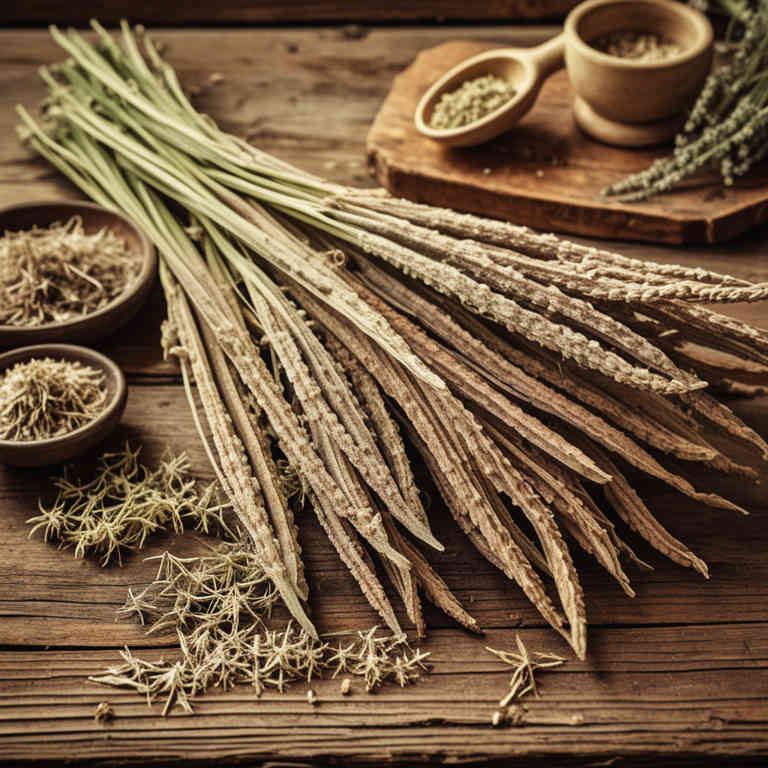
Plantago major herbal decoctions are used to support respiratory and digestive health due to their anti-inflammatory and soothing properties.
These decoctions can help alleviate symptoms of coughs, bronchitis, and asthma by reducing inflammation in the airways. They are also beneficial for treating gastrointestinal issues such as indigestion and inflammation of the stomach lining. The high concentration of mucilage in Plantago major makes it effective in coating and protecting mucous membranes.
Because of these therapeutic benefits, Plantago major is often incorporated into traditional and modern herbal remedies for its natural healing properties.
82. Agrimonia eupatoria

Agrimonia eupatoria herbal decoctions are used to support digestive health by alleviating symptoms such as bloating, indigestion, and stomach discomfort.
This herb is valued for its anti-inflammatory and astringent properties, which help soothe the gastrointestinal tract and reduce irritation. It is also commonly used to treat mild diarrhea and promote the healing of ulcers due to its ability to protect the mucous membranes. The decoctions are believed to enhance the body's natural detoxification processes and improve overall gut function.
These benefits make agrimonia eupatoria a popular choice in traditional medicine for maintaining a balanced and healthy digestive system.
83. Vaccinium myrtillus
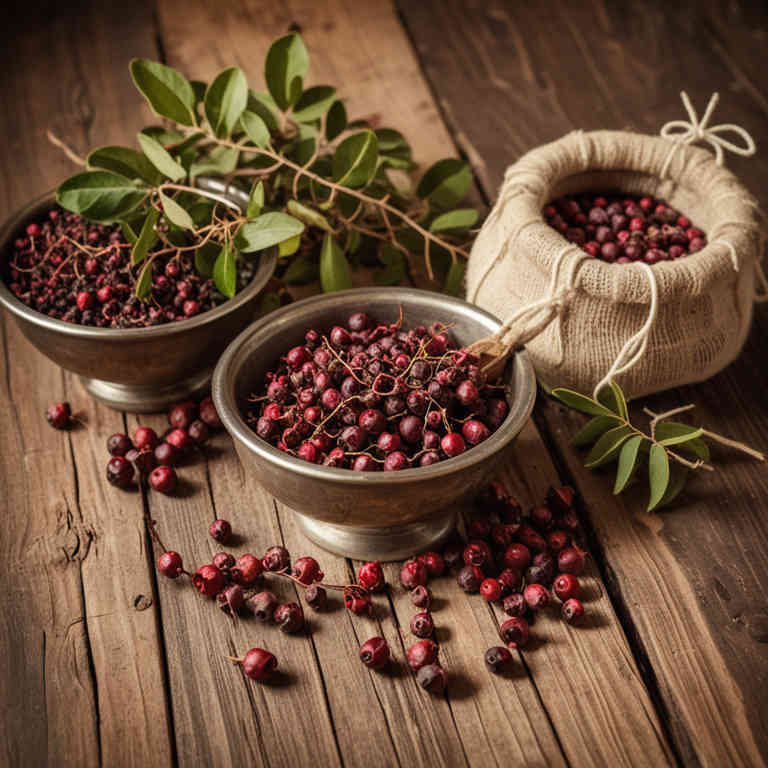
Vaccinium myrtillus herbal decoctions are used to support respiratory health by alleviating symptoms of coughs and colds due to their antimicrobial and expectorant properties.
These decoctions are also valued for their ability to reduce inflammation, making them beneficial for individuals suffering from chronic bronchitis or other respiratory conditions. The plant's high antioxidant content helps protect cells from oxidative stress, enhancing overall immune function. Additionally, vaccinium myrtillus decoctions may aid in digestion by stimulating the production of digestive enzymes.
Their natural anti-inflammatory and antiseptic qualities make them a popular choice in traditional medicine for promoting holistic wellness.
84. Allium sativum
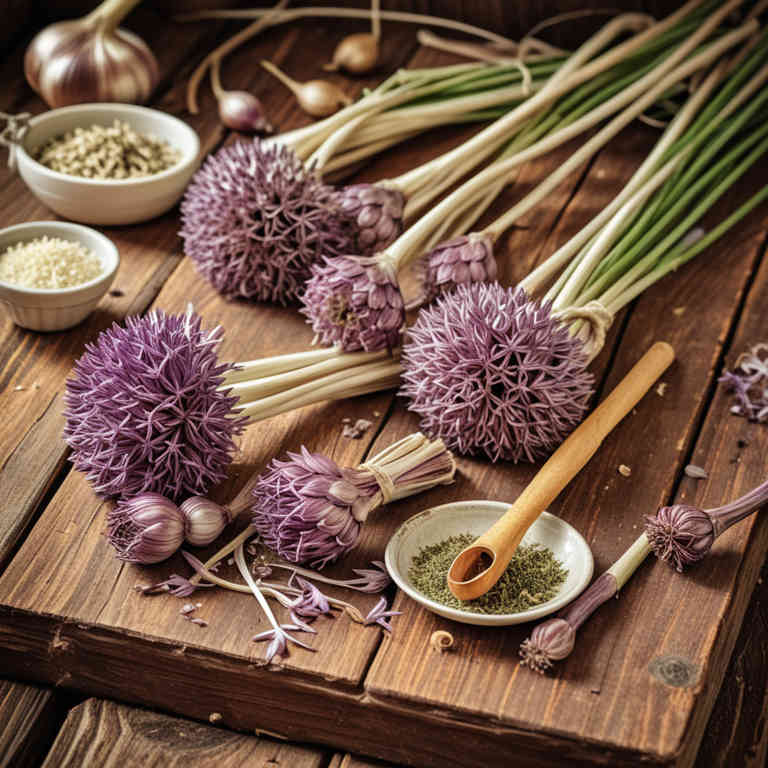
Allium sativum herbal decoctions are used to support cardiovascular health by helping to lower blood pressure and improve circulation.
They are also utilized in traditional medicine to aid digestion and alleviate gastrointestinal issues such as bloating and indigestion. These decoctions may possess antimicrobial properties that can help combat infections and boost the immune system. Additionally, they are often incorporated into skincare routines to treat acne and reduce inflammation due to their anti-inflammatory effects.
The versatility of allium sativum herbal decoctions makes them a valuable natural remedy for a wide range of health concerns.
85. Pelargonium graveolens
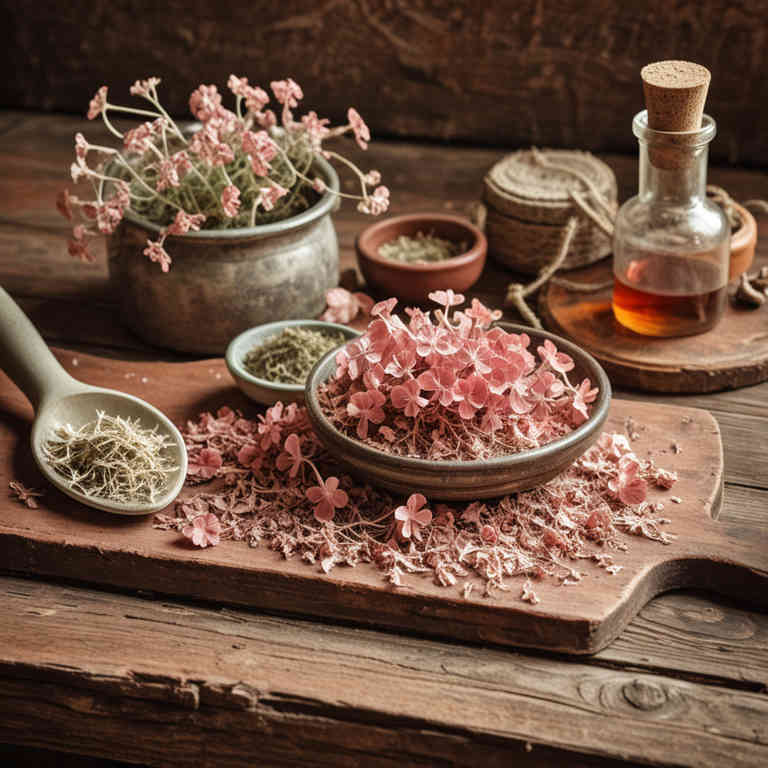
Pelargonium graveolens herbal decoctions are used to treat a variety of ailments due to their potent medicinal properties.
These decoctions are commonly utilized in traditional medicine to alleviate symptoms of respiratory infections, such as coughs and colds, because of their expectorant and antiseptic qualities. They are also employed to reduce inflammation and soothe skin conditions like eczema and acne due to their anti-inflammatory and antimicrobial effects. The essential oils extracted from these decoctions are valued for their ability to promote relaxation and improve mood, making them useful in aromatherapy.
Overall, the widespread use of pelargonium graveolens herbal decoctions is attributed to their diverse therapeutic benefits and natural composition.
86. Centella asiatica
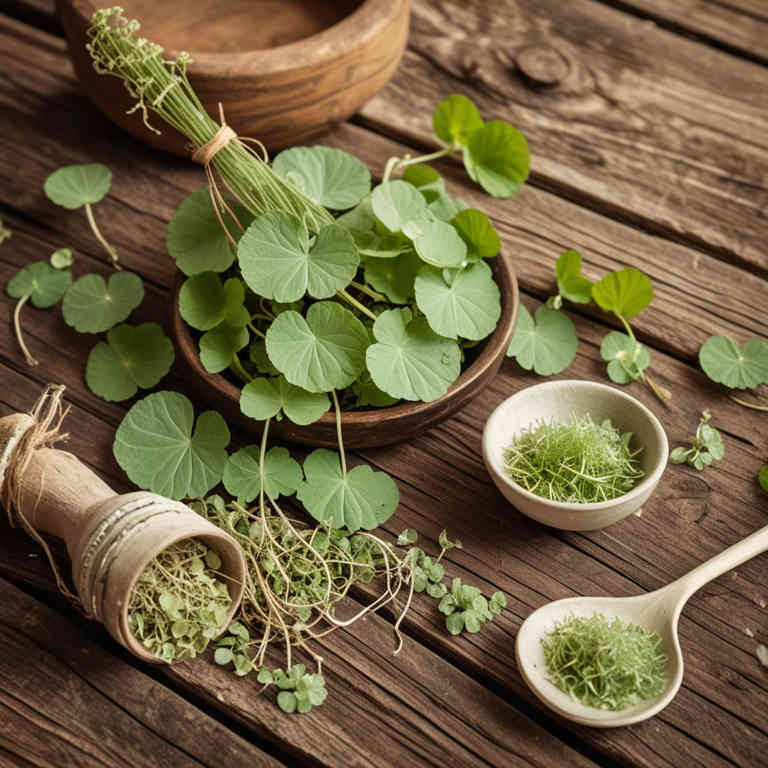
Centella asiatica herbal decoctions are used to promote wound healing and skin regeneration due to their rich content of active compounds like asiatic acid and madecassic acid.
These compounds stimulate collagen production, which helps in the repair of damaged skin tissue and reduces scar formation. They are also commonly used to enhance the strength and flexibility of the skin, making them beneficial for conditions like eczema and psoriasis. Additionally, centella asiatica decoctions are valued for their ability to improve circulation and reduce inflammation, supporting overall skin health.
Their traditional use in Ayurvedic and Chinese medicine highlights their long-standing reputation for therapeutic benefits.
87. Plantago ovata

Plantago ovata herbal decoctions are used to support digestive health by promoting regular bowel movements and relieving constipation due to their high mucilage content, which absorbs water and forms a gel-like substance in the intestines.
These decoctions are also valued for their anti-inflammatory properties, which can help reduce irritation and inflammation in the gastrointestinal tract. Additionally, they are often used in traditional medicine to aid in detoxification and support overall gut function. The mild and soothing nature of plantago ovata makes it suitable for long-term use in managing chronic digestive issues.
Because of these benefits, plantago ovata herbal decoctions are widely regarded as a natural and effective remedy for improving digestive wellness.
88. Origanum vulgare

Origanim vulgare herbal decoctions are used to support digestive health by stimulating the production of digestive enzymes and reducing bloating and gas.
They are also commonly used to alleviate symptoms of respiratory infections, such as coughing and congestion, due to their antimicrobial and anti-inflammatory properties. These decoctions can help relieve menstrual cramps and ease symptoms of premenstrual syndrome because of their antispasmodic effects. Additionally, they are valued for their ability to boost the immune system and combat oxidative stress, making them a popular remedy during cold and flu seasons.
Overall, the wide range of therapeutic benefits makes origanum vulgare a versatile and effective herbal remedy in traditional and modern medicine.
89. Avena sativa
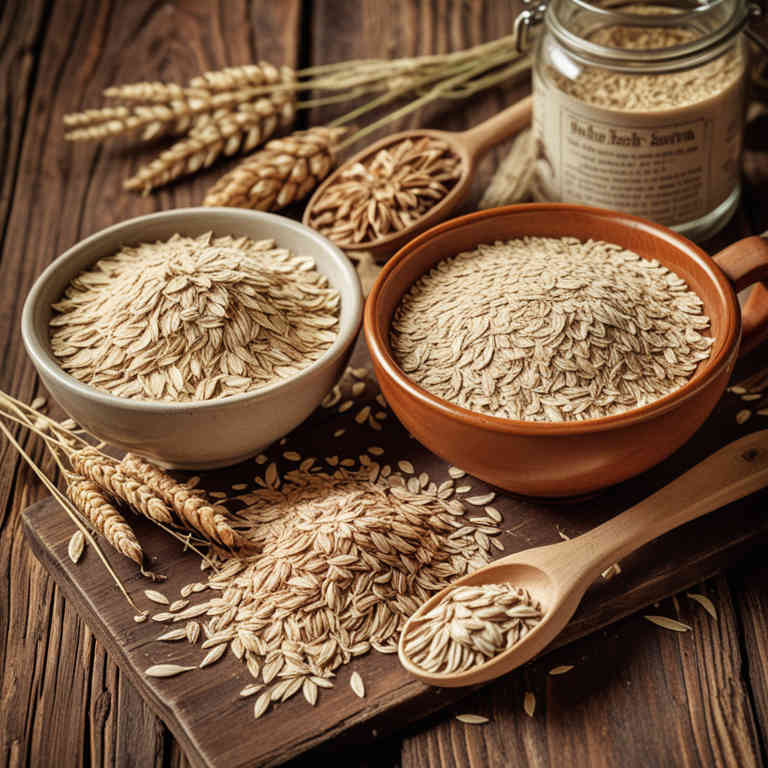
Avena sativa herbal decoctions are used to promote relaxation and reduce stress due to their calming properties.
They are often consumed as a soothing tea to help alleviate anxiety and improve sleep quality. The decoctions are also valued for their potential to support digestive health by soothing the gastrointestinal tract. Additionally, they may aid in nourishing the skin and hair, promoting overall well-being.
These benefits make avena sativa a popular choice in traditional herbal medicine for both internal and external applications.
90. Strychnos nux-vomica
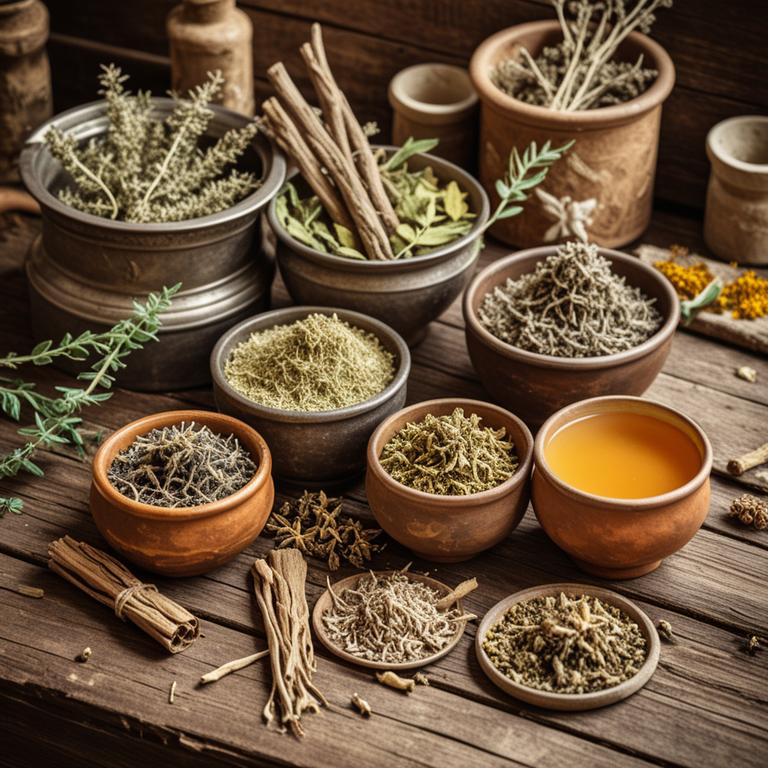
Strychnos nux-vomica herbal decoctions are used to treat various ailments in traditional medicine, particularly in Chinese and Ayurvedic practices.
These decoctions are believed to have potent stimulant properties that can enhance circulation and nerve function. They are often employed to alleviate symptoms of respiratory conditions, such as asthma and bronchitis, due to their ability to open airways. Additionally, they are used to address digestive disorders by stimulating gastrointestinal motility and reducing bloating.
However, their use is highly restricted due to the toxic nature of the plant, which can cause severe side effects if not prepared or administered correctly.
91. Cannabis sativa
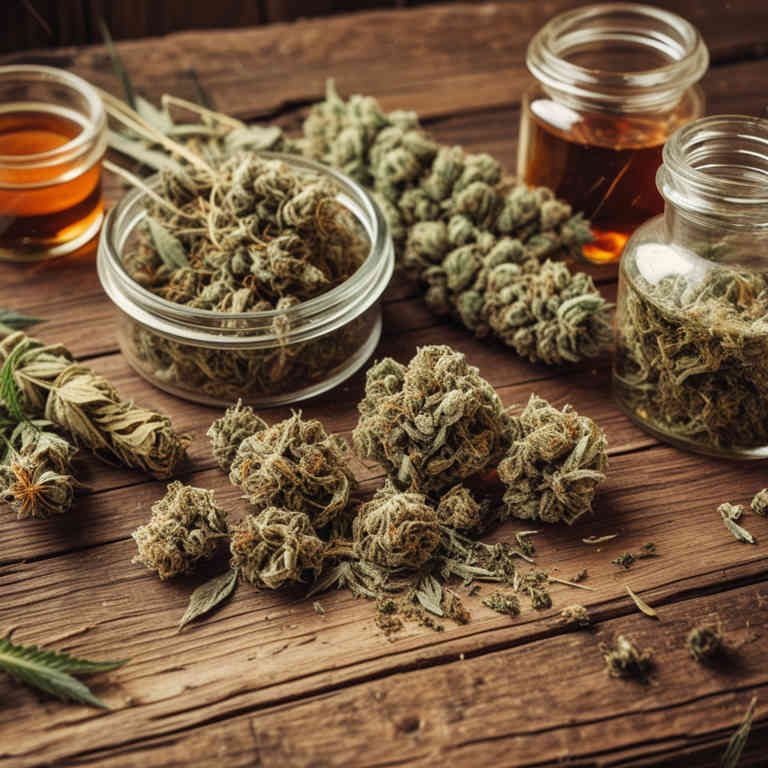
Cannabis sativa herbal decoctions are used to alleviate various physical and mental health conditions due to their active compounds, such as cannabinoids and terpenes, which interact with the body's endocannabinoid system.
These decoctions are often employed to reduce inflammation, relieve chronic pain, and manage symptoms of anxiety and depression. In traditional medicine, they have been utilized for centuries to support digestive health and stimulate appetite. Additionally, they are used in some therapeutic settings to help with sleep disorders and nausea, particularly in patients undergoing chemotherapy.
The versatility of cannabis sativa decoctions makes them a valuable tool in both holistic and integrative medical practices.
92. Bacopa monnieri
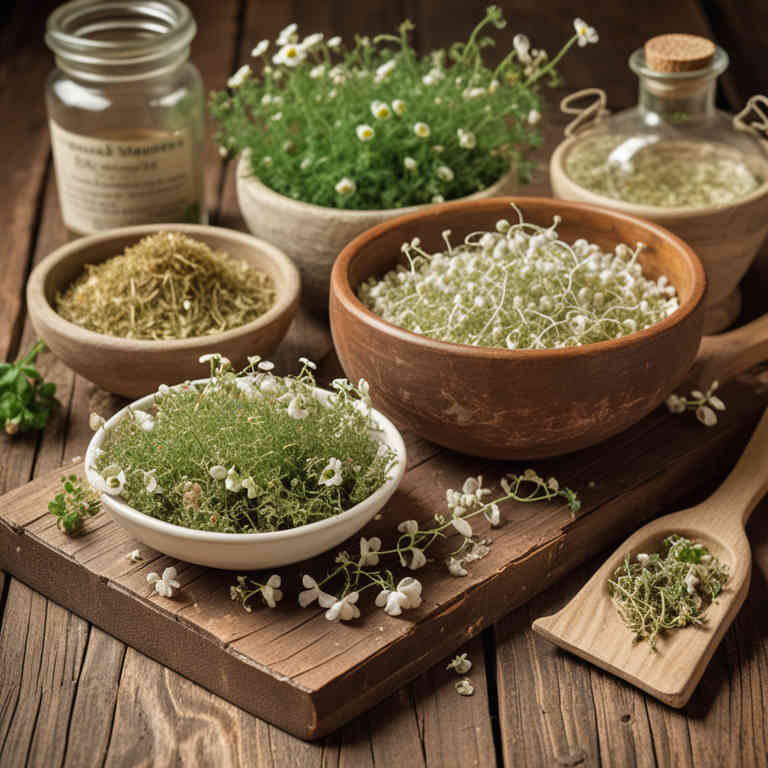
Bacopa monnieri herbal decoctions are used to enhance cognitive function and memory retention, particularly in individuals experiencing age-related mental decline.
These decoctions contain bioactive compounds such as bacosides, which are believed to support neural communication and protect brain cells from oxidative stress. They are also commonly used to reduce anxiety and improve focus, making them popular in traditional medicine systems like Ayurveda. The calming effects of bacopa monnieri may help in managing stress and promoting mental clarity, which is why it is often included in herbal formulations for mental wellness.
Due to its potential neuroprotective properties, bacopa monnieri is increasingly being studied for its role in preventing or delaying neurodegenerative diseases.
93. Saponaria officinalis
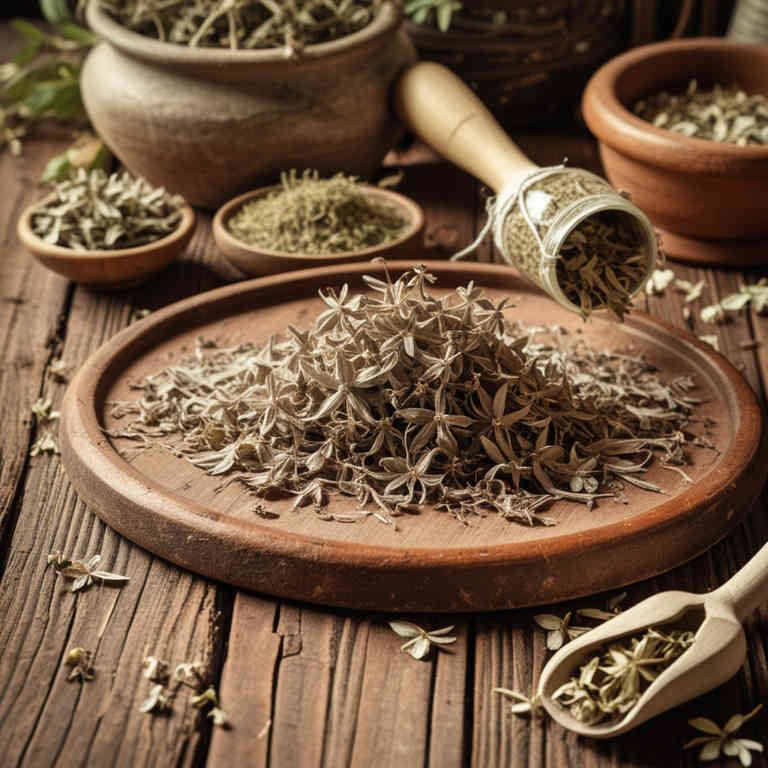
Saponaria officinalis herbal decoctions are used to support digestive health by stimulating the production of digestive enzymes and promoting the elimination of toxins from the body.
These decoctions are also valued for their potential to alleviate symptoms of respiratory conditions such as coughs and bronchitis due to their expectorant properties. In traditional medicine, they are often employed to treat skin irritations and wounds because of their anti-inflammatory and antimicrobial effects. Additionally, saponaria officinalis decoctions may help in reducing stress and improving mood by acting as a mild sedative and nervine.
Their versatility and natural therapeutic properties make them a valuable component in herbal medicine for a range of health concerns.
94. Achyranthes bidentata

Achyranthes bidentata herbal decoctions are used to promote circulation and alleviate symptoms of blood stasis in traditional Chinese medicine.
They are particularly effective in treating conditions such as lumbar pain, joint inflammation, and menstrual disorders due to their ability to invigorate blood and remove blockages. These decoctions also support kidney health by strengthening the lower back and enhancing urinary function. The active compounds in achyranthes bidentata, such as rosmarinic acid and flavonoids, contribute to its anti-inflammatory and analgesic properties.
Because of these benefits, achyranthes bidentata decoctions are widely utilized in herbal formulations for their holistic approach to healing.
95. Siberian ginseng
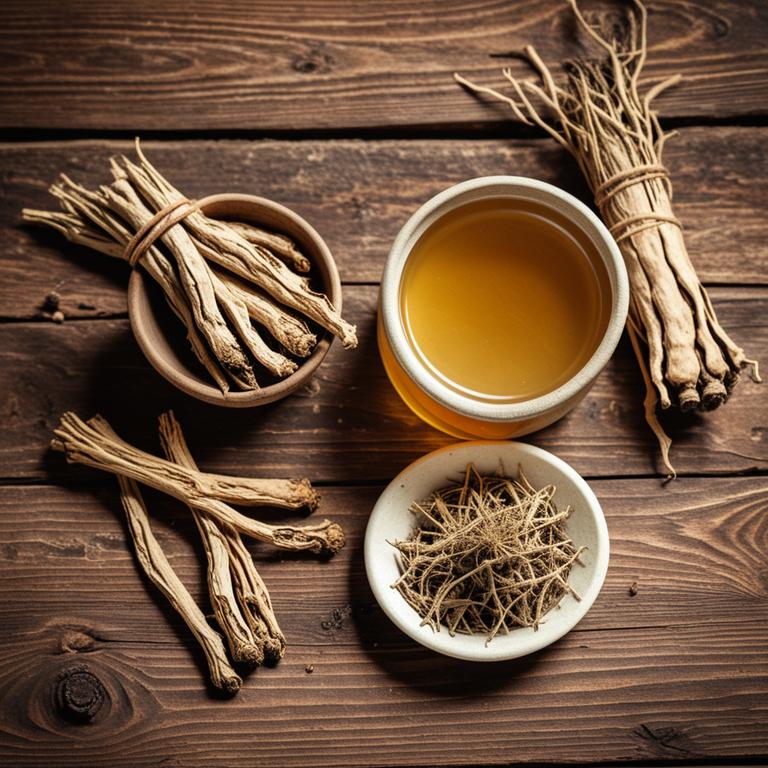
Siberian ginseng herbal decoctions are used to enhance physical endurance and mental alertness by stimulating the body's adaptation to stress.
These decoctions are believed to support the adrenal glands, helping the body manage stress more effectively. They are also commonly used to improve immune function and reduce fatigue, making them popular among individuals with chronic exhaustion. The active compounds in Siberian ginseng, such as eleutherosides, are thought to contribute to these health benefits by modulating the body's response to stress hormones.
Due to these properties, Siberian ginseng decoctions are often incorporated into traditional and modern herbal medicine practices for overall wellness and vitality.
96. Rhus toxicodendron
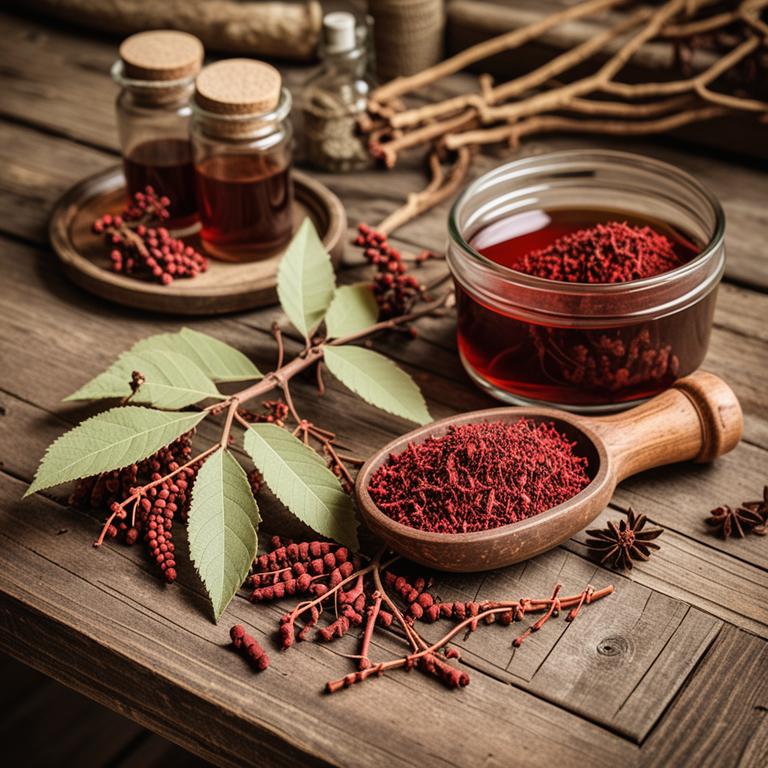
Rhus toxicodendron herbal decoctions are used to treat a variety of skin conditions, particularly those involving itching, inflammation, and rashes.
This herb is known for its antipruritic properties, which help alleviate the discomfort caused by eczema, psoriasis, and contact dermatitis. In traditional Chinese medicine, it is often combined with other herbs to enhance its effectiveness in reducing redness and promoting skin healing. Its anti-inflammatory effects make it valuable in managing allergic reactions and inflammatory skin disorders.
Overall, the use of Rhus toxicodendron decoctions is rooted in its ability to address both the symptoms and underlying causes of skin irritations.
97. Cucurbita pepo
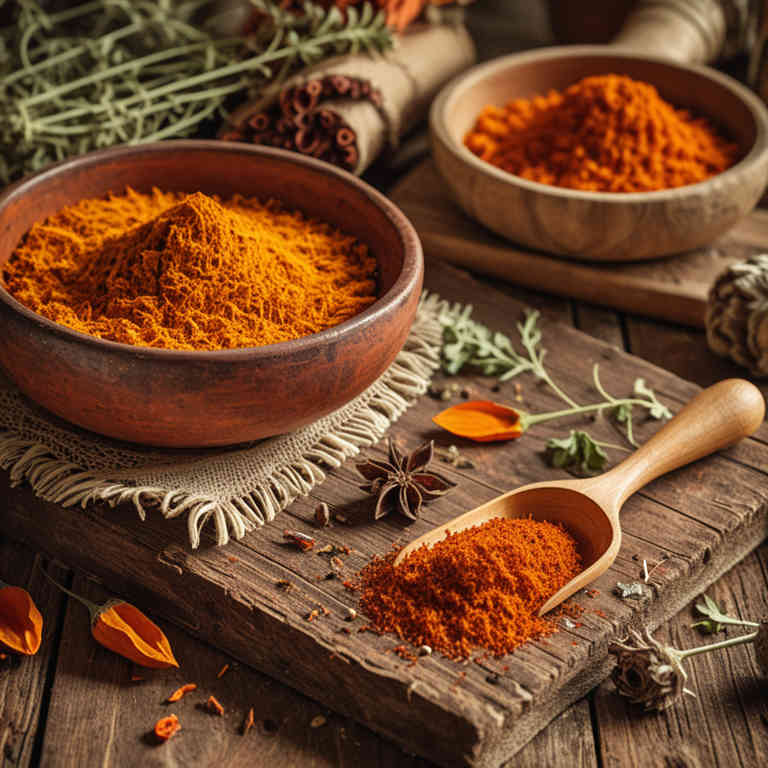
Cucurbita pepo herbal decoctions are used to support digestive health due to their mild laxative properties, which can help alleviate constipation and promote regular bowel movements.
These decoctions are also valued for their anti-inflammatory effects, making them useful in treating conditions like gastritis and other gastrointestinal inflammations. Additionally, they are employed in traditional medicine to reduce fever and relieve symptoms of respiratory infections, thanks to their antimicrobial and antipyretic qualities. The presence of antioxidants in cucurbita pepo helps combat oxidative stress, supporting overall immune function and cellular health.
Because of their versatility and natural composition, these decoctions are often preferred in holistic and integrative approaches to health care.
98. Pogostemon cablin

Pogostemon cablin herbal decoctions are used to treat a variety of ailments due to their rich content of essential oils and bioactive compounds.
These decoctions are particularly effective in alleviating symptoms of respiratory conditions such as coughs and colds because of their expectorant and antiseptic properties. They are also commonly used to relieve digestive issues like indigestion and bloating due to their carminative effects. Additionally, the anti-inflammatory and analgesic properties of pogostemon cablin make it useful in managing pain and reducing inflammation in various parts of the body.
Overall, the versatility and therapeutic benefits of pogostemon cablin herbal decoctions make them a valuable component in traditional and complementary medicine practices.
99. Prunus spinosa
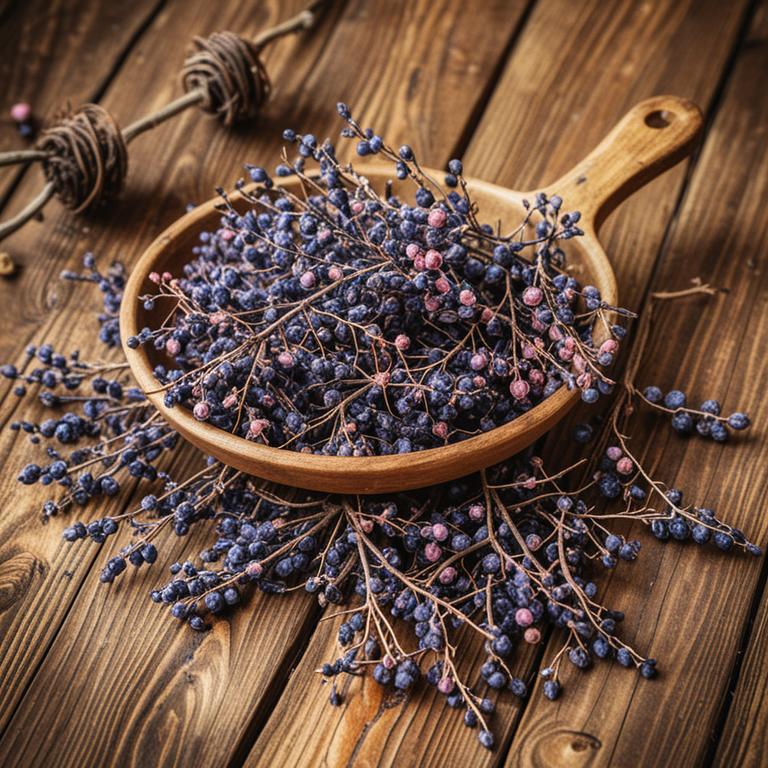
Prunus spinosa herbal decoctions are used to support digestive health and alleviate gastrointestinal discomfort.
The plant contains bioactive compounds such as tannins and flavonoids, which have anti-inflammatory and astringent properties. These decoctions are often employed to treat symptoms like diarrhea and indigestion due to their ability to soothe the intestinal lining. Additionally, they may help in reducing bloating and promoting a sense of well-being in the digestive system.
The traditional use of Prunus spinosa highlights its role in herbal medicine for maintaining gut health and overall wellness.
100. Elettaria cardamomum
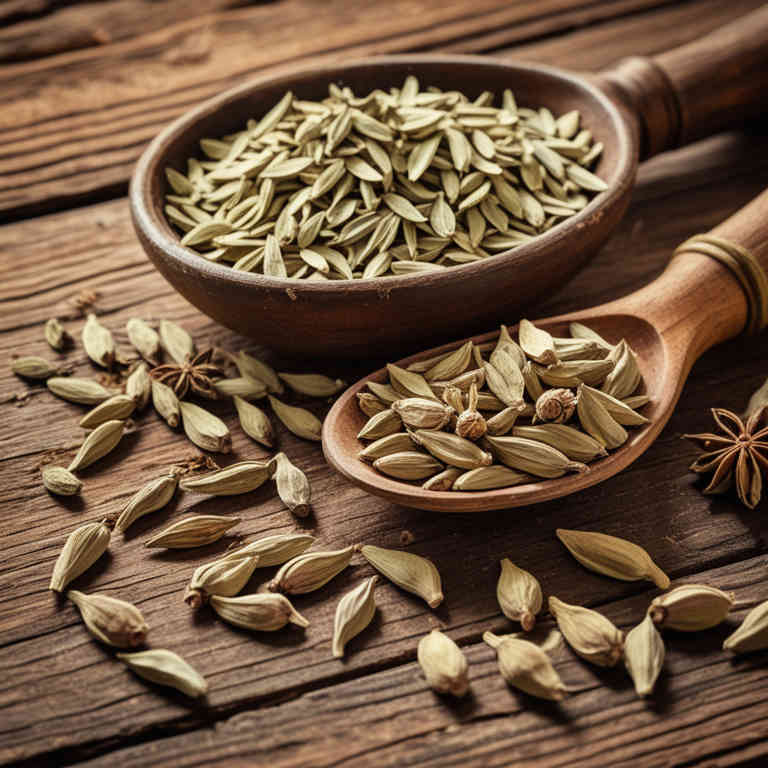
Elettaria cardamomum herbal decoctions are used to support digestive health by stimulating the production of digestive enzymes and improving nutrient absorption.
They are also known to alleviate symptoms of indigestion, bloating, and nausea due to their carminative properties. These decoctions can help soothe respiratory issues such as coughs and bronchitis by acting as an expectorant and reducing mucus congestion. Additionally, they are valued for their calming effects on the nervous system, promoting relaxation and reducing stress-related symptoms.
The unique combination of aromatic compounds in cardamom makes it a versatile remedy in traditional and modern herbal medicine for various health concerns.